Places the U.S. Government Warns Not to Travel Right Now
You may want to reconsider traveling to these countries right now.
Do Not Travel to These Countries

Getty Images
Crime, civil unrest and terrorism are common risk factors for countries that end up on the State Department's "Do Not Travel" advisory list.
In 2024, tourism across the globe is “well on track” to return to pre-pandemic levels, according to projections by UN Tourism.
Global conflicts and natural disasters , ranging from a series of coups across Africa to catastrophic earthquakes in the Middle East affected international travel patterns throughout 2023. Still, international tourist arrivals reached 87% of pre-pandemic levels in 2023, according to estimates by UN Tourism .
In January 2024 alone, about 4.6 million U.S. citizens left the country for international destinations, 17% higher than the same month in 2019, according to the International Trade Administration . But some destinations warrant more caution than others.
On Oct. 19, 2023, following the outbreak of war between Israel and Gaza and flaring tensions in the region, the U.S. State Department issued a worldwide caution advisory due to “increased tensions in various locations around the world, the potential for terrorist attacks, demonstrations or violent actions against U.S. citizens and interests.” Prior to this update, the most recent worldwide caution advisory was issued in 2022 after a U.S. strike killed Ayman al-Zawahiri, Osama bin Laden’s successor as leader of Al Qaeda, causing “a higher potential for anti-American violence.” The worldwide caution advisory remains in effect.
The U.S. State Department also issues individual travel advisory levels for more than 200 countries globally, continually updating them based on a variety of risk indicators such as health, terrorism and civil unrest. Travel advisory levels range from Level 1, which means exercise normal precautions, to Level 4, which means do not travel there.
About 10% of countries – 19 total – have a Level 4: “Do Not Travel” advisory as of Mar. 4. In Level 4 countries, the U.S. government may have “very limited ability” to step in should travelers’ safety or security be at risk, according to the State Department. Crime, civil unrest, kidnapping and terrorism are common risk factors associated with Level 4 countries.
So far in 2024, the State Department made changes to the existing Level 4 advisories for Myanmar, Iran and Gaza, and moved Niger and Lebanon off of the Level 4 list.
Places With a Level 4 Travel Advisory
These are the primary areas the U.S. government says not to travel to right now, in alphabetical order:
Jump to Place: Afghanistan Belarus Burkina Faso Central African Republic Myanmar (formerly Burma) Gaza Haiti Iran Iraq Libya Mali Mexico North Korea (Democratic People's Republic of Korea) Russia Somalia South Sudan Sudan Syria Ukraine Venezuela Yemen
Afghanistan: The Central Asian country is wrestling with “terrorism, risk of wrongful detention, kidnapping and crime,” according to the State Department. U.S. citizens are specifically at risk for wrongful detention and kidnapping. In 2022, the government reinstituted public floggings and executions, and women’s rights are disappearing under Taliban control. The U.S. Embassy in Kabul halted operations in August 2021. Since the Taliban took control , many forms of international aid have been halted . Meanwhile, in 2023, some of the year’s deadliest earthquakes killed more than 2,400 in Afghanistan while the country continues to face a years-long extreme drought.
Belarus: Belarus, which shares a western border with Russia and a southern border with Ukraine, has been flagged for “Belarusian authorities’ continued facilitation of Russia’s war against Ukraine, the buildup of Russian military forces in Belarus, the arbitrary enforcement of local laws, the potential of civil unrest, the risk of detention, and the Embassy’s limited ability to assist U.S. citizens residing in or traveling to Belarus.” The U.S. Embassy in Minsk halted operations in February 2022.
Burkina Faso: Terrorism, crime and kidnapping are plaguing this West African nation. Terrorist attacks may target hotels, restaurants and schools with little to no warning, and the East and Sahel regions of the country are under a state of emergency. In late November 2023, hundreds died in clashes between state security forces and rebels near the country’s border with Mali. In June, more than 2 million people in Burkina Faso were displaced due to “violence linked to al-Qaida and the Islamic State group.”
Central African Republic: While there have not been specific incidents of U.S. citizens targeted with violence or crime, violent crime and sudden closure of roads and borders is common. The advisory states that “Embassy Bangui’s limited capacity to provide support to U.S. citizens, crime, civil unrest, and kidnapping” is a factor in its assessment. Recent data from UNICEF suggests the country has the worst drinking water accessibility of all countries in 2022.
Myanmar (Formerly Burma): Armed conflict and civil unrest are the primary reasons to not travel to this Southeast Asian country, which experienced a military coup in early 2021. Limited health care resources, wrongful detentions and “areas with land mines and unexploded ordnance” are also listed as risk factors. After Ukraine and Israel, Myanmar had the highest conflict-related death toll in 2023.
Gaza : Hamas, a foreign terrorist organization as designated by the State Department, controls much of the Gaza Strip, which shares borders with both Israel and Egypt. On Oct. 7, 2023, Hamas fighters broke across the border into Israel, killing hundreds of civilians and soldiers in a brazen attack that stunned Israelis. On Oct. 10, Israel hit the Gaza Strip with “the fiercest air strikes in its 75-year conflict” according to Reuters . The conflict has since escalated into war between Israel and Hamas, with regular Israeli airstrikes leading to extensive civilian casualties in Gaza. As of mid-December, nearly 85% of Gaza’s population were displaced from their homes, according to UN estimates . The region continues to face shortages of food , water, electricity and medical supplies , with conditions deemed “far beyond a humanitarian crisis.” The State Department warns of terrorism and armed conflict within Gaza’s borders.
Haiti: In July 2023, the Department of State ordered all non-emergency U.S. government personnel and family members to leave the U.S. Embassy in Port-au-Prince in response to the increased risk of kidnapping and violent crime in the country , as well as armed conflict between gangs and police. The travel advisory states that cases of kidnapping “often involve ransom negotiations and U.S. citizen victims have been physically harmed during kidnappings.” The travel advisory also states that “U.S. citizens in Haiti should depart Haiti as soon as possible” given “the current security situation and infrastructure challenges.” A series of gang attacks in late September 2023 caused thousands to flee their homes, and many aid groups have been forced to cut or suspend operations amid escalating violence in recent months.
Iran: Terrorism, kidnapping and civil unrest are risk factors for all travelers to Iran, while U.S. citizens are specifically at risk for “arbitrary arrest.” U.S.-Iranian nationals such as students, journalists and business travelers have been arrested on charges of espionage and threatening national security. Executions in Iran rose sharply between 2021 and 2022, bringing the country’s total to nearly 580 people over the year, according to a report by Amnesty International released in May 2023.
Iraq: The State Department cites “terrorism, kidnapping, armed conflict [and] civil unrest” as cause for the country’s Level 4 distinction. Iraq’s northern borders, and its border with Syria, are especially dangerous. Since the escalation of conflict in neighboring Israel in October, there has been an increase in attacks against Iraqi military bases, which host U.S. troops and other international forces. In October 2023, non-emergency U.S. government personnel and eligible family members were ordered to leave the U.S. embassy in Baghdad.
Libya: Following the end of its dictatorship over a decade ago, Libya has been wrought with internal conflict between armed groups in the East and West. Armed conflict, civil unrest, crime, kidnapping and terrorism are all risk factors. U.S. citizens have been targets of kidnapping for ransom, with terrorists targeting hotels and airports frequented by Westerners. The U.S. Embassy in Tripoli halted operations in 2014. In mid-September 2023, floods, which some say were intensified by climate change , killed thousands in eastern Libya. Clashes between armed factions escalated across the country in the latter half of 2023, including in the capital city of Tripoli and in Benghazi.
Mali: After experiencing military coups in 2020 and 2021, crime, terrorism and kidnapping are all prevalent threats in this West African landlocked nation. In July 2022, non-emergency U.S. government employees and their families were ordered to leave the country due to higher risk of terrorist activity. A U.N. report in August 2023 said that military groups in the country, including both Mali security forces and possibly Russian Wagner mercenaries, were spreading terror through the use of violence against women and human rights abuses. Democratic elections were supposed to occur in February 2024, but Mali’s military junta postponed the plans indefinitely. In December, the U.N. officially ended a decade-long peacekeeping presence in the country, which had been among the agency’s deadliest missions, with hundreds of the mission personnel killed since 2013.
Mexico: Each state in Mexico is assessed separately for travel advisory levels. Six of the 32 states in Mexico are designated as Level 4: Colima, Guerrero, Michoacan, Sinaloa, Tamaulipas and Zacatecas. Crime and kidnapping are listed as the primary risk factors throughout the country. Nearly 112,000 people were missing across the country as of October, a number the U.N. has called “alarming.”
North Korea (Democratic People’s Republic of Korea): U.S. passports are not valid for travel “to, in, or through” this country, home to one of the world's longest-running dynastic dictatorships. The travel advisory states that the Level 4 distinction is due to “the continuing serious risk of arrest and long-term detention of U.S. nationals.” In July 2023, a U.S. soldier fled across the border into North Korea, where he is believed to be in North Korean custody, the first American detained in the North in nearly five years. He was returned to U.S. custody in September 2023.
Russia: The travel advisory for Russia cites its invasion of Ukraine , harassment of U.S. citizens by Russian government officials and arbitrary law enforcement as a few of the reasons for the Level 4 designation. Chechnya and Mount Elbrus are specifically listed as Level 4 regions. Terrorism, civil unrest, health, kidnapping and wrongful detention are all noted as risks.

Russia Invades Ukraine: A Timeline

Somalia: A severe drought resulting from five failed rainy seasons in a row killed 43,000 people in 2022, and caused a famine amid conflict with Islamist insurgents . Violent crime is common throughout Somalia , pirates frequent its coast off the Horn of Africa, and medical facilities, where they exist, have limited capacity. Crime, terrorism, civil unrest, health and kidnapping are all risk factors. In January 2024, some passengers aboard a U.N.-contracted helicopter were taken hostage by al-Shabaab militants after the vehicle crashed in central Somalia.
South Sudan: Crime, kidnapping and armed conflict are the primary risk factors for South Sudan, which separated from Sudan in 2011, making it the world’s newest country . Weapons are readily available, and travelers have been victims of sexual assault and armed robbery.
Sudan: The U.S. evacuated its embassy in Khartoum in April 2023, and the country closed its airspace due to the ongoing conflict in the country, only permitting humanitarian aid and evacuation efforts. Fighting has escalated in the region between two warring generals seeking to gain control after a military coup in 2021 ousted the country’s prime minister. Civil unrest is the primary risk factor for Africa’s third largest country by area. Crime, terrorism, kidnapping and armed conflict are also noted. The International Criminal Court began investigating alleged war crimes and violence against African ethnic groups in the country in 2023. Millions have fled their homes due to conflict, and the U.N. has said its efforts to provide aid have been hindered by a lack of support, safety and resources. As recently as December 2023, the United Nations warned of catastrophic famine , with millions of children at-risk for malnutrition .
Syria: The advisory states that “No part of Syria is safe from violence,” with terrorism, civil unrest, kidnapping, armed conflict and risk of unjust detention all potential risk factors. U.S. citizens are often a target for kidnappings and detention. The U.S. Embassy in Damascus halted operations in 2012. Fighting in neighboring Israel has escalated since October, and the conflict has spilled over into Syria, where the U.S. has carried out air strikes following drone and rocket attacks against American troops in Syria and Iraq, triggered by the Israel-Hamas war.
Ukraine: Russian setbacks in their invasion of Ukraine buoyed hopes in Ukraine in 2023. However, Ukraine is a Level 4 country due to Russia’s invasion, with crime and civil unrest also noted as risk factors. The country’s forces shot down two Russian fighter jets on Christmas Eve 2023, in a move Ukrainian President Volodymyr Zelenskyy said “sets the right mood for the entire year ahead.”
Venezuela: Human rights abuses and lack of health care plague this South American nation, which has been in a political crisis since 2014. In 2019, diplomatic personnel were withdrawn from the U.S. Embassy in Caracas. Threats in the country include crime, civil unrest, kidnapping, wrongful detention and poor health infrastructure.
Yemen: Six of the nine risk factors defined by the State Department – terrorism, civil unrest, health risks, kidnapping, armed conflict and landmines – are all present in Yemen. Despite private companies offering tourist visits to the Yemeni island of Socotra, the U.S. government argues those arranging such visits “are putting tourists in danger.” Civil war and cholera are also both present throughout the country. The U.S. Embassy in Sanaa halted operations in 2015. The country has experienced a relative lull in the civil war fighting, but as peace negotiations have gotten traction, flare ups in the fighting have jeopardized progress. Most recently, the U.S. and U.K. have carried out a series of airstrikes in the country, targeting Iran-backed Houthi sites.
Other Countries to Watch
Since Jan. 1, the State Department has updated travel advisories for 17 different countries as well as for the West Bank and Gaza, adding information about specific regions or risk factors, or simply renewing an existing advisory. Travel advisory levels can change based on several factors in a nation, such as increased civil unrest, policies that affect human rights or higher risks of unlawful detention.
The State Department has given about 25 countries an assessment of Level 3, meaning it recommends people “reconsider travel” to those destinations.
On Oct. 14, one week after the deadly Hamas attack on Israel, Israel and the West Bank were both moved from Level 2 to Level 3, while Gaza remains at Level 4. The region’s travel advisory was updated in November to reflect travel restrictions for certain government employees who have not already left the area, and it was updated again on Jan. 3.
Following the outbreak of the Israel-Hamas war in early October, the U.S. State Department raised Lebanon ’s travel advisory level from a Level 3 to a Level 4 level due to “the unpredictable security situation related to rocket, missile, and artillery exchanges” between Israel and Hezbollah or other militant groups. In December, the U.S. Embassy in Beirut returned to normal staffing and presence, and on Jan. 29, the country was moved back to Level 3. Crime, terrorism, armed conflict, civil unrest, kidnapping and unexploded landmines are listed as the country’s primary risk factors. However, the country’s borders with Syria and with Israel, as well as refugee settlements within Lebanon, are specifically noted as Level 4 regions.
China became a Level 3 country in late 2020, with an update in December 2022 citing “the surge in COVID-19 cases, arbitrary enforcement of local laws, and COVID-19-related restrictions” as the reason for the advisory. In June 2023, the Hong Kong Special Administrative Region (SAR) was moved from the Level 3 to the Level 2 list, but travelers are still advised to be cautious in the area due to “arbitrary enforcement of local laws.” Meanwhile, Macau remains at Level 3.
Following an attempted coup in August 2023, Niger was elevated to Level 4 in August and the Department of State ordered all non-emergency U.S. government personnel and family members to leave the U.S. Embassy in Niamey. In early January 2024, the overall risk level for the country was lowered back to Level 3. Despite the new classification, the State Department still asks non-emergency government personnel and eligible family members to depart the country.
In mid-December 2023 there was an explosion at Guinea’s main fuel depot which has since affected access to health care and basic goods and services. The country was subsequently designated a Level 3 nation after having previously been Level 2. Concerns about civil unrest, health, crime and fuel shortages impacting local infrastructure were listed as the primary risk factors contributing to the change.
Several Level 3 countries are among the worst countries for human trafficking, as designated by the State Department’s annual Trafficking in Persons Report . Level 3 countries on this list include Papua New Guinea, Guinea Bissau, China and Chad. There are also nine Level 4 countries designated as among the worst for human trafficking: Afghanistan, Belarus, Iran, Myanmar, North Korea, Russia, Syria, South Sudan and Venezuela.
Over 70 countries are currently at Level 2, meaning the State Department recommends travelers “exercise increased caution” when traveling to those destinations.
Botswana became the newest Level 2 country on Feb. 26 after having previously been Level 1, with crime noted as the primary risk factor.
France, which saw nationwide protests throughout 2023, has civil unrest and terrorism noted as risk factors for its Level 2 status, and Sweden’s Level 2 status is associated with risks of terrorism.
The Level 2 travel advisory for the Bahamas was updated in January to reflect water safety concerns. The advisory warns that “activities involving commercial recreational watercraft, including water tours, are not consistently regulated” and notes that government personnel are “not permitted to use independently operated jet-ski rentals on New Providence and Paradise Islands.” It also warns visitors to be mindful of sharks, weather and water conditions. The advisory also says that crime is a primary risk factor with gang-on-gang violence contributing to high homicide rates in some areas. Visitors are asked to “be vigilant” and to not physically resist robbery attempts.
Bangladesh 's Level 2 travel advisory was updated in October 2023 to add a note about the country’s general election , which took place Jan. 7, 2024. The advisory states “demonstrations intended to be peaceful can turn confrontational and escalate into violence.” The U.S. has since claimed the country’s election was not free nor fair.
In November 2023, several Level 2 travel advisories were updated with new cautionary information. The advisory for Ghana was updated to reflect threats against LGBTQI+ travelers specifically, noting “anti-LGBTQI+ rhetoric and violence have increased in recent years.” Meanwhile, the advisory for South Africa was updated in February to note that routes recommended by GPS may be unsafe with higher risk for crime.
Turkmenistan was moved off of the Level 2 list to become the newest addition to the Level 1 list on Jan. 22, meaning normal precautions are recommended but there are no risk factors causing travelers to practice increased caution.
The State Department asks travelers to pay attention to travel advisory levels and alerts , review country information pages for their destinations and read related country security reports before going abroad.
Join the Conversation
Tags: Russia , Ukraine , Travel , Coronavirus , Travel Tips , Israel , Gaza , violence , Civil War , crime , kidnapping , international relations
Recent Articles
Best countries.

Education News

Best Countries Rankings
- # 1 Switzerland
- # 5 Australia
- # 5 United States
Health News Bulletin
Stay informed on the latest news on health and COVID-19 from the editors at U.S. News & World Report.
Sign in to manage your newsletters »
Sign up to receive the latest updates from U.S News & World Report and our trusted partners and sponsors. By clicking submit, you are agreeing to our Terms and Conditions & Privacy Policy .
You May Also Like
Switzerland is world's best country.
Julia Haines Sept. 6, 2023

Photos: Best Countries Around the World
Sept. 6, 2023

The 25 Best Countries in the World
Elliott Davis Jr. Sept. 6, 2023

China's Health Body Probes Hospital After Surrogacy Claims
Reuters May 6, 2024

Russia to Practice Tactical Nuclear Weapon Scenario to Deter West - Defence Ministry

Atlas & Boots
The UK's most popular outdoor travel blog
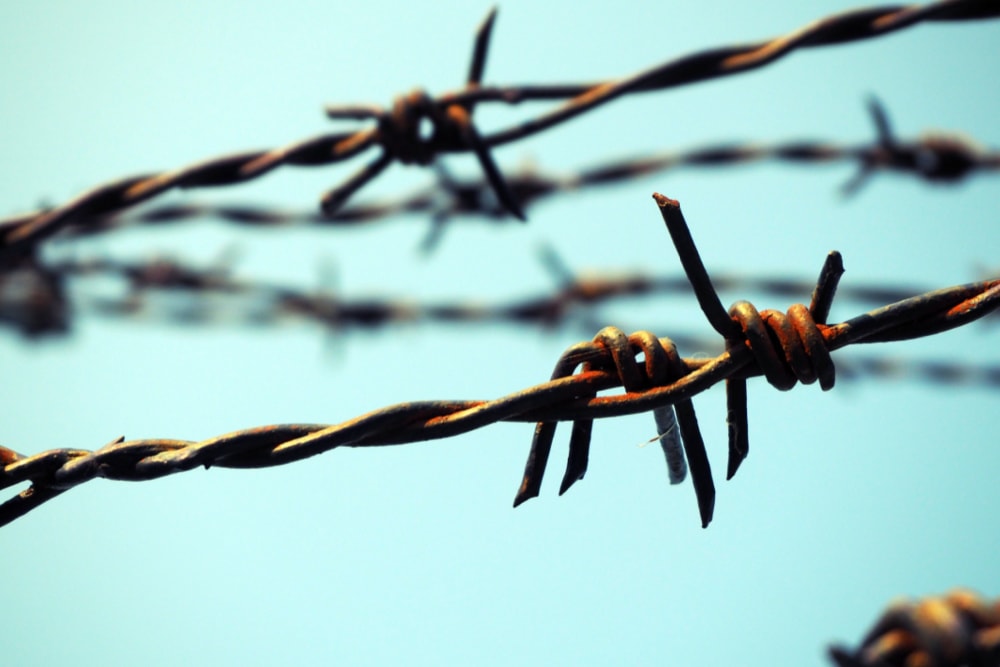
Ranked: most dangerous countries in the world 2024
The most dangerous countries in the world to visit in 2024 have been updated in the latest Travel Risk Map
The most dangerous countries to visit in 2024 are Afghanistan, the Central African Republic , Iraq, Libya, Mali , Somalia, South Sudan, Syria , Ukraine and Yemen according to the latest Travel Risk Map , an interactive tool produced by security specialists at International SOS .
The map is used to predict the safest and, conversely, the least safe countries in the world to visit and has four layers in total covering a country’s security risk, medical risk, and the impact of the pandemic on travel and domestic operations.
For the security layer of the map, countries are indexed according to their travel security risk rating, which uses five risk definitions : insignificant, low, medium, high and extreme.
International SOS uses several criteria to assess how the conditions in the country may impact visitors’ safety and security.
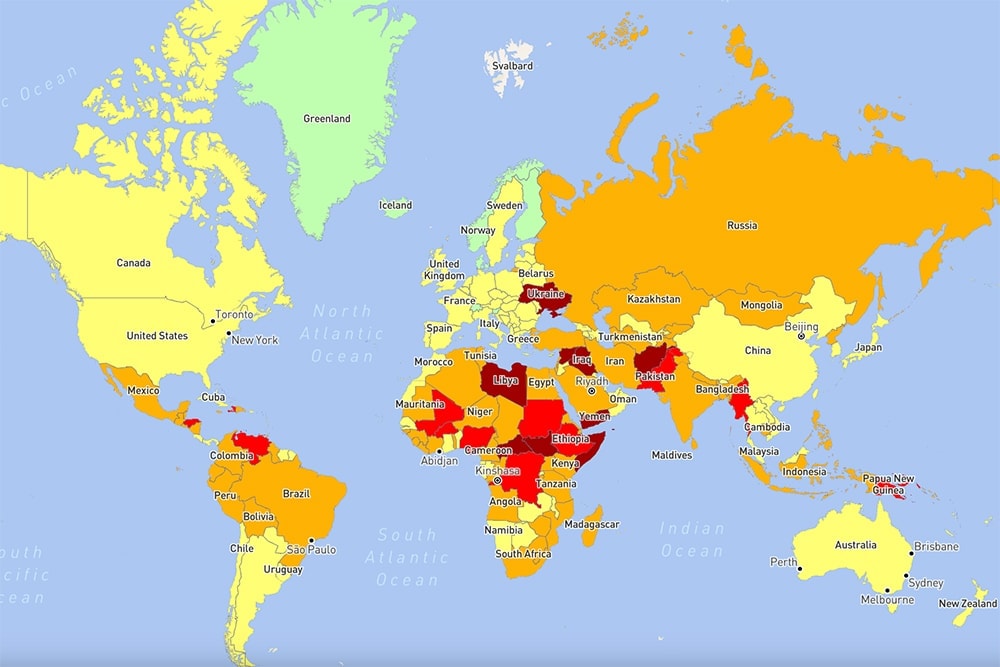
These include the threat posed to travellers by political violence (including terrorism, insurgency, politically motivated unrest and war), social unrest (including sectarian, communal and ethnic violence) and violent and petty crime.
Other factors assessed include transport infrastructure, the capability of security and emergency services, and the threat of natural disasters. It’s also possible to use the map to assess medical risk and road safety standards around the world.
MOST DANGEROUS COUNTRIES IN THE WORLD
These are the nine most dangerous countries in the world according to International SOS. They have been assessed as carrying an ‘extreme travel security risk’.
- Afghanistan
- Central African Republic
- South Sudan
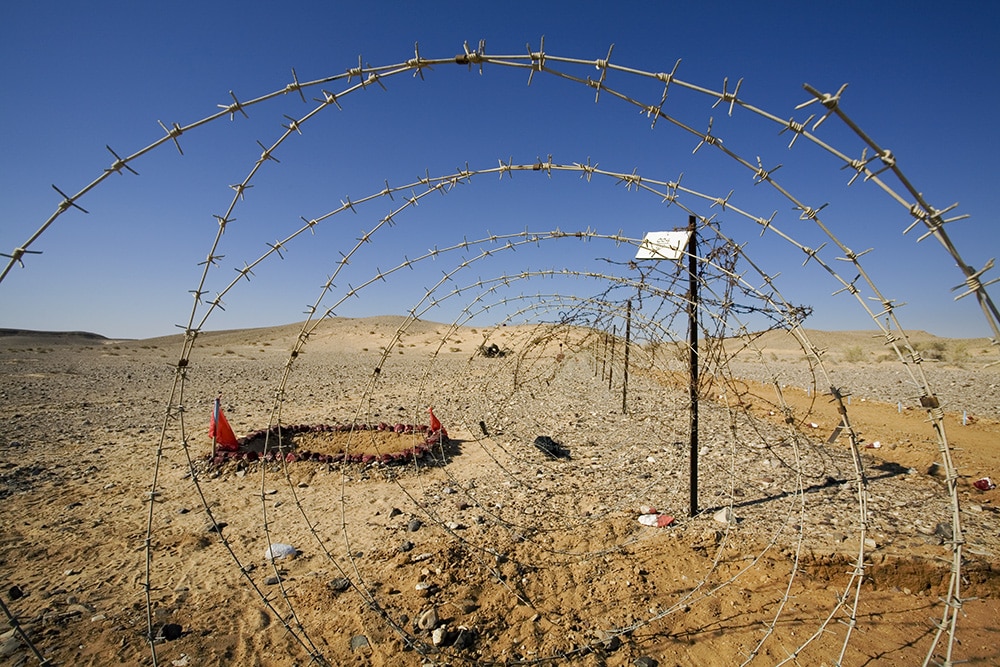
The most dangerous countries in the world include Ukraine, where Russia launched an invasion in February 2022; Afghanistan, which saw the Taliban take over in August 2021 as foreign forces pulled out of the country; Syria, which has been embroiled in civil war since 2011; and Yemen, which has also been mired in a years-long civil war leading to the deaths of thousands and a major humanitarian crisis .
Despite ongoing instability in Mali – which saw the UNESCO-listed historic city of Timbuktu taken under siege by jihadists in September 2023 – the West African nation has been reassessed as ‘high security risk’ as opposed to ‘extreme’.
“Government control and law and order may be minimal or non-existent across large areas. Serious threat of violent attacks by armed groups targeting travellers and international assignees. Government and transport services are barely functional. Large parts of the country are inaccessible to foreigners.” International SOS
In October 2023, Israel launched an invasion of the Gaza Strip in Palestine after a surprise Hamas attack on southern Israel led to the death of 1,200 people and 240 hostages. As of 16 February 2024, the retaliatory campaign has killed over 28,000 Palestinians. To date, International SOS has not updated the map to reflect this.
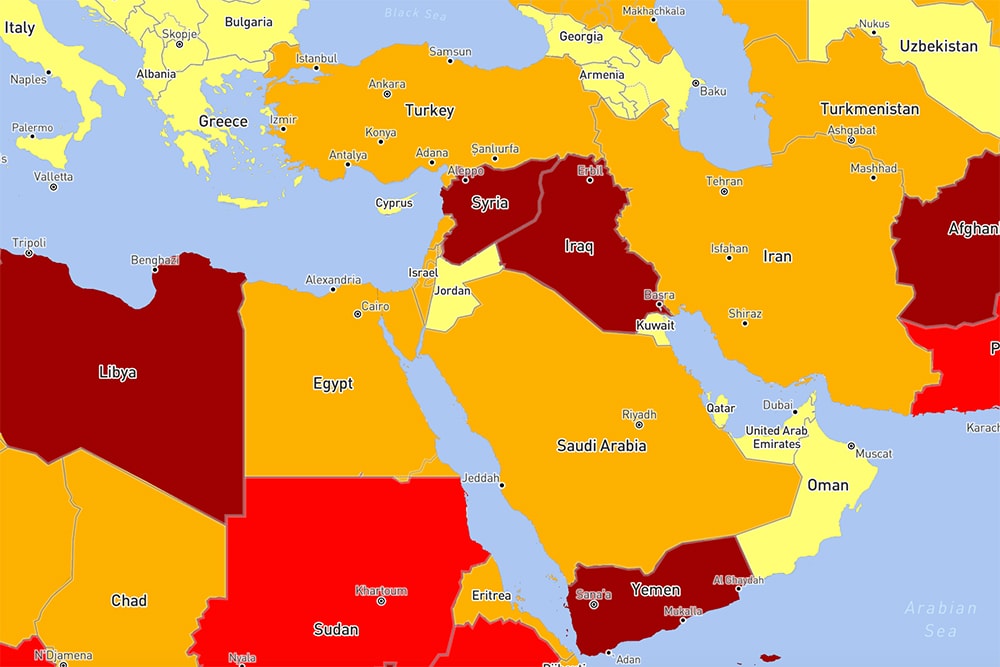
SAFEST COUNTRIES IN THE WORLD
At the other end of the spectrum, the following 18 countries or territories have been assessed as carrying an ‘insignificant travel security risk’ to travellers and therefore the safest countries to visit.
- American Samoa
- Liechtenstein
- Marshall Islands
- Switzerland

“Rates of violent crime are very low. There is no significant political violence or civil unrest and little sectarian, communal, racial or targeted violence against foreigners. Security and emergency services are effective and infrastructure is sound. Transport services are of a high standard with good safety records and only occasional travel disruption. Industrial action affecting essential services is rare.” International SOS
Complete rankings
Most countries in Europe along with the USA , Australia , New Zealand and Canada have been assessed as carrying a ‘low travel security risk’. Ukraine is the only European country categorised as a ‘high’ or ‘extreme’ security risk.
Many countries in Asia and the Middle East including Jordan , Oman , Singapore, Japan , China , South Korea , Vietnam , Malaysia and Brunei are considered ‘low risk’.
The most dangerous countries in Asia are Afghanistan and Pakistan ; and Syria, Iraq and Yemen in the Middle East.
The most dangerous countries in Africa are the Central African Republic, Libya, Somalia and South Sudan. In the Americas, Haiti , Honduras and Venezuela are considered ‘high security risk’.
EXTREME (15) Afghanistan Central African Republic Iraq Libya Somalia South Sudan Syria Ukraine Yemen
HIGH (15) Burkina Faso DR Congo Egypt Ethiopia Haiti Honduras Mali Myanmar Nigeria Pakistan Papua New Guinea Venezuela
MEDIUM (68) Algeria Angola Bahrain Bangladesh Belize Bolivia Brazil Burundi Cambodia Cameroon Chad Colombia Comoros Congo Costa Rica Djibouti Dominican Republic East Timor El Salvador Eritrea Fiji Guatemala Guinea Guinea-Bissau Guyana India India Indonesia Iran Israel Ivory Coast Jamaica Kazakhstan Kenya Korea, North Kosovo Kyrgyzstan Laos Lebanon Lesotho Liberia Madagascar Mauritania Mexico Mongolia Mozambique Myanmar Nepal Nicaragua Niger Peru Philippines Russia Saudi Arabia Sierra Leone Solomon Islands South Africa Sri Lanka Sudan Swaziland (Eswatini) Tajikistan Tanzania Togo Trinidad and Tobago Tunisia Turkey Turkmenistan Uganda Ukraine Zimbabwe
LOW (91) Albania Antigua and Barbuda Argentina Armenia Australia Austria Azerbaijan Bahamas Barbados Belarus Belgium Benin Bhutan Bosnia and Herzegovina Botswana Brunei Bulgaria Canada Chile China Croatia Cuba Cyprus Czech Republic Dominica Ecuador Equatorial Guinea Estonia France Gabon The Gambia Georgia Germany Ghana Greece Grenada Hungary Ireland Italy Japan Jordan Korea, South Kuwait Latvia Lithuania Macedonia Malawi Malaysia Maldives Malta Mauritius Micronesia Moldova Monaco Montenegro Morocco Namibia Netherlands New Zealand Oman Panama Palau Paraguay Poland Portugal Qatar Romania Rwanda Saint Kitts & Nevis Saint Lucia Saint Vincent and the Grenadines Samoa San Marino Sao Tome and Principe Senegal Serbia Singapore Slovakia Spain Suriname Sweden Taiwan Thailand Tonga UAE United Kingdom United States Uruguay Uzbekistan Vanuatu Vatican City Vietnam Zambia
INSIGNIFICANT (17) Andorra Cape Verde Denmark Finland Greenland Iceland Kiribati Liechtenstein Luxembourg Marshall Islands Nauru Norway San Marino Seychelles Slovenia Switzerland Turks & Caicos Tuvalu
The full interactive map by International SOS can be accessed here .
More rankings and articles can be found in our remote work area: ► Best cities in the world ► Countries with the best healthcare in the world ► World’s worst countries to drive in ► Most peaceful countries in the world ► Best countries for women ► Poorest countries in the world – ranked ► Happiest countries in the world ► World’s most powerful passport ► Countries with the fastest internet in the world ► Most stressed countries in the world ► Most expensive cities for expats ► World’s most democratic countries
Enjoyed this post? pin it for later…
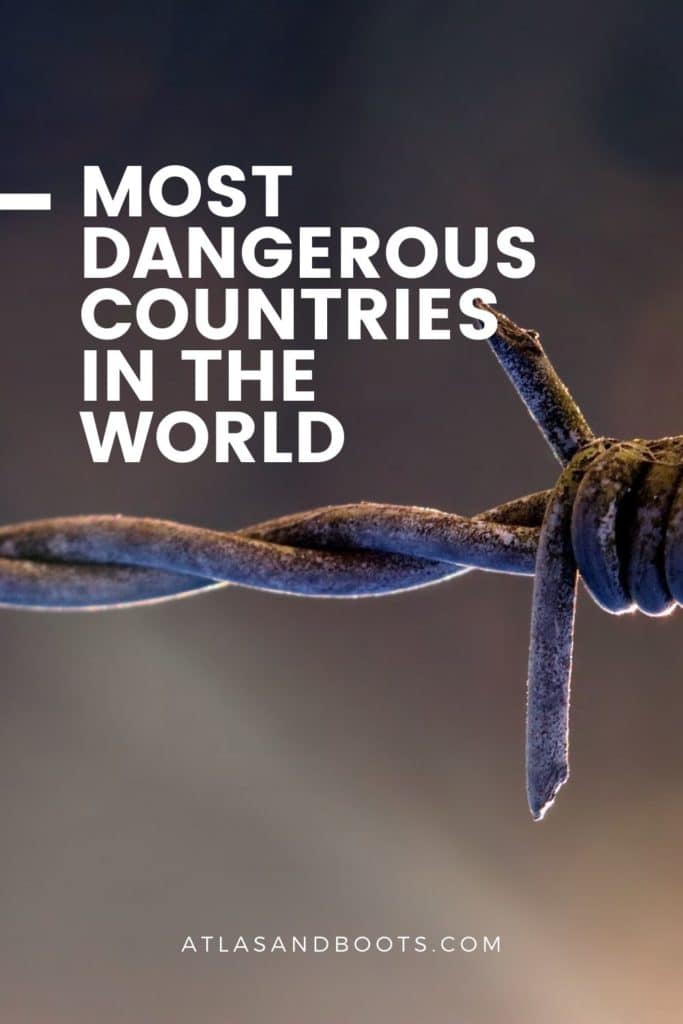
Lead image: Hi JOE/Shutterstock
You might also like:.
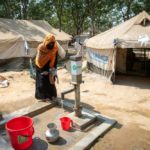
UK Edition Change
- UK Politics
- News Videos
- Paris 2024 Olympics
- Rugby Union
- Sport Videos
- John Rentoul
- Mary Dejevsky
- Andrew Grice
- Sean O’Grady
- Photography
- Theatre & Dance
- Culture Videos
- Fitness & Wellbeing
- Food & Drink
- Health & Families
- Royal Family
- Electric Vehicles
- Car Insurance Deals
- Lifestyle Videos
- UK Hotel Reviews
- News & Advice
- Simon Calder
- Australia & New Zealand
- South America
- C. America & Caribbean
- Middle East
- Politics Explained
- News Analysis
- Today’s Edition
- Home & Garden
- Broadband deals
- Fashion & Beauty
- Travel & Outdoors
- Sports & Fitness
- Sustainable Living
- Climate Videos
- Solar Panels
- Behind The Headlines
- On The Ground
- Decomplicated
- You Ask The Questions
- Binge Watch
- Travel Smart
- Watch on your TV
- Crosswords & Puzzles
- Most Commented
- Newsletters
- Ask Me Anything
- Virtual Events
- Betting Sites
- Online Casinos
- Wine Offers
Thank you for registering
Please refresh the page or navigate to another page on the site to be automatically logged in Please refresh your browser to be logged in
World’s most dangerous countries to visit in 2024 revealed
Lebanon, palestinian territories and russia have all seen notable risk rating increases, article bookmarked.
Find your bookmarks in your Independent Premium section, under my profile

Sign up to Simon Calder’s free travel email for expert advice and money-saving discounts
Get simon calder’s travel email, thanks for signing up to the simon calder’s travel email.
The world’s most dangerous countries to visit in 2024 have been revealed in a new study.
South Sudan, Afghanistan, Syria, Libya and Somalia were named as the riskiest nations in the 2024 risk map compiled by medical and security consultancy International SOS.
The annual map assesses various factors to inform travellers and businesses about potential threats in countries across the globe.
It pulls together medical and security risk ratings, reflecting the impact of events such as the ongoing conflicts in Ukraine and between Israel and Hamas.
This year, for the first time, the map also includes ratings based on the dangers of climate change, after International SOS saw a rising trend in the number of climate-related alerts being issued to clients as rising global temperatures increased health risks around the world.
The data, compiled by Inform (a collaboration between the Euro-Mediterranean Center on Climate Change and Joint Research Centre of European Commission), estimates the future risk of humanitarian crises and disasters caused by climate change.
“Just one example, the extreme heat events this year, with the first ever named heatwave Cerberus hitting Europe, may become commonplace,” said Dr Irene Lai, global medical director at International SOS.
“In addition to the physical impacts of extreme heat, there can be significant negative effects on mental health. It is essential businesses plan for this, adapting our way of living and working to protect health, while also taking steps to slow and eventually reverse the trend in rising temperatures.”
Countries were graded for each category of risk – medical, security and climate change – on a five-level scale ranging from “low” to “very high” for medical and climate change, and “insignificant” to “extreme” for security.
For “security”, Ukraine, Syria, Iraq, Afghanistan, Libya, Yemen, South Sudan, Central African Republic and Somalia were all given the highest warning level of “extreme”.
Parts of Lebanon, Palestinian Territories, Russia and across the Sahel all saw increases in security risk, alongside Ecuador and parts of Colombia following a rise in criminality and unrest.
However, risk ratings decreased for El Salvador and parts of Nepal as a result of sustained downward trends across a number of risk factors.
The safest countries, meanwhile, are all in Europe: Iceland, Luxembourg, Norway, Switzerland and Denmark.
In the “medical” category, the countries labelled “very high” risk are Syria, Iraq, Afghanistan, Yemen, North Korea, Palestinian Territories, Haiti, Libya, Niger, Burkina Faso, Guinea, Guinea-Bissau, Sierra Leone, Liberia, Sudan, South Sudan, Central African Republic, Eritrea, Burundi and Somalia.
Countries at “very high” risk when it comes to climate change include: Syria, Iraq, Afghanistan, Yemen, Chad, Niger, Mali, Nigeria, Central African Republic, South Sudan, Ethiopia, Somalia, Democratic Republic of the Congo and Mozambique.
The UK received a “low” rating across all three categories of risk.
Join our commenting forum
Join thought-provoking conversations, follow other Independent readers and see their replies
Subscribe to Independent Premium to bookmark this article
Want to bookmark your favourite articles and stories to read or reference later? Start your Independent Premium subscription today.
New to The Independent?
Or if you would prefer:
Want an ad-free experience?
Hi {{indy.fullName}}
- My Independent Premium
- Account details
- Help centre
Here are the top 19 countries that the US State Department says aren't safe for American citizens to travel to
- The State Department ranks countries worldwide by their safety level for US citizens.
- The countries deemed too dangerous for travel are often known for civil unrest, military actions, and kidnappings.
- Avoid traveling to these 19 countries that the US has labeled as "Do Not Travel."
The State Department cautioned against traveling to Venezuela due to "crime, civil unrest, kidnapping, and the arbitrary enforcement of local laws" as well as "wrongful detentions, terrorism, and poor health infrastructure."
Many Venezuelan migrants have fled to the US to seek asylum from "crimes against humanity," Insider previously reported.
"Violent crimes, such as homicide, armed robbery, kidnapping, and carjacking, are common," the State Department's warning said, adding that there is a "risk of wrongful detention of U.S. nationals."
"Do not travel to Iraq due to terrorism, kidnapping, armed conflict, civil unrest , and Mission Iraq's limited capacity to provide support to U.S. citizens," the State Department has cautioned .
"Terrorist and insurgent groups regularly attack Iraqi security forces and civilians. Anti-U.S. militias threaten U.S. citizens and international companies throughout Iraq."
The US conflict in Iraq post-9/11 has been one of the most deadly, amounting to tens of thousands of deaths, Insider previously reported.
The State Department advised against traveling to Somalia due to "crime, terrorism, civil unrest, health issues, kidnapping, and piracy."
"Violent crime, such as kidnapping and murder, is common throughout Somalia, including Puntland and the Somaliland region. Illegal roadblocks are widespread," the department warned of the East African country, where "terrorists continue to plot kidnappings, bombings, and other attacks."
In October, two car bombings in the country's capital of Mogadishu left over 120 dead and 150 more injured, Reuters reported.
The US State Department warned of "kidnapping, crime, and civil unrest" in the poverty-stricken country of Haiti.
"Kidnapping is widespread, and victims regularly include U.S. citizens. Kidnappers may use sophisticated planning or take advantage of unplanned opportunities, and even convoys have been attacked. Kidnapping cases often involve ransom negotiations and U.S. citizen victims have been physically harmed during kidnappings," according to the department's December 2022 warning.
Hundreds of Haitians have also died due to a cholera outbreak, Insider reported in December.
The State Department has warned against travel to Ukraine since Russia launched a full-scale invasion in February 2022.
"Those choosing to remain in Ukraine should exercise caution due to the potential for military attacks, crime, and civil unrest," per the agency.
The Federal Aviation Administration and the European Union Aviation Safety Agency have "prohibited flights into, out of, and over Ukraine due to ongoing military actions."
Afghanistan
US citizens should not travel to Afghanistan due to "armed conflict, civil unrest, crime, terrorism, and kidnapping," the State Department said .
"Travel to all areas of Afghanistan is unsafe and the risk of kidnapping or violence against U.S. citizens in Afghanistan is high," according to the department. "The U.S. Embassy in Kabul suspended operations on August 31, 2021. Since that time, U.S. citizens have been unjustly detained."
The department added that its ability to assist detained Americans is "extremely limited."
Americans shouldn't travel to Yemen because of "terrorism, civil unrest, health risks, kidnapping, armed conflict, and landmines," the State Department said .
"A civil war continues in Yemen. In addition, terrorist groups continue to plot and conduct attacks in Yemen," according to the notice. "Military conflict has caused significant destruction of infrastructure, housing, medical facilities, schools, and power and water utilities."
The US government cannot assist American citizens in emergencies since the US Embassy in Sana'a suspended operations in 2015, according to the department.
The US warns against traveling to Syria due to "terrorism, civil unrest, kidnapping, armed conflict, and risk of unjust detention," according to the State Department.
The country has endured armed conflict since 2011, the department said , adding starkly that "no part of Syria is safe from violence."
"Protests and demonstrations are quelled by government forces through aggressive tactics and protestors, activists, and political dissenters are routinely detained without access to legal representation or communications with friends and family," the State Department warned.
The State Department placed Sudan on the list due to civil unrest, crime, terrorism, kidnapping, and armed conflict.
"Sudan is experiencing sporadic civil unrest and protests across the country," the department said . "Crime, such as kidnapping, armed robbery, home invasion, and carjacking can occur. This type of crime is more frequent outside of Khartoum."
There is also violence along the borders with Chad and South Sudan, per the agency.
South Sudan
South Sudan is rife with armed conflict among different political groups and ethnicities, according to the State Department.
"Violent crime, such as carjackings, shootings, ambushes, assaults, robberies, and kidnappings is common throughout South Sudan, including Juba. Foreign nationals have been the victims of rape, sexual assault, armed robberies, and other violent crimes," the department warned , adding that weapons are "readily available" to the population at large.
North Korea (Democratic People's Republic of Korea)
The US State Department warned of the "serious risk of arrest and long-term detention of U.S. nationals" in North Korea, calling it a "critical threat."
"All U.S. passports are invalid for travel to, in, or through the DPRK unless specially validated for such travel under the authority of the Secretary of State," the department warned. "The U.S. government is unable to provide emergency services to U.S. citizens in North Korea as it does not have diplomatic or consular relations with North Korea."
Tensions between North Korea and other democratic nations have risen as the country continues to conduct ballistic missile tests .
US citizens should avoid travel to Libya due to "crime, terrorism, civil unrest, kidnapping, and armed conflict," according to the Department of State .
"Crime levels in Libya remain high, including the threat of kidnapping for ransom. Westerners and U.S. citizens have been targets of these crimes," the department said. "Militia or armed groups sometimes detain travelers for arbitrary reasons, do not grant detainees access to a lawyer or a legal process, and do not allow detainees to inform others of their status."
The State Department warned against travel to Iran due to kidnapping and arbitrary arrests and detentions on "spurious charges." The US doesn't have diplomatic relations with Iran.
"Iranian authorities continue to unjustly detain and imprison U.S. nationals, particularly dual national U.S.-Iranian nationals--including students, journalists, business travelers, and academics--on charges including espionage and posing a threat to national security," the department warned.
Burma (Myanmar)
The State Department cited protests and military actions as reasons not to travel to Burma, adding that at least one US national had been wrongfully detained by the Burmese military.
"Do not travel to Burma due to civil unrest and armed conflict," the State Department warned . "Exercise increased caution due to wrongful detentions and areas with land mines and unexploded ordnance."
The State Department has warned against travel to Russia since President Vladimir Putin launched his invasion of Ukraine in February 2022. US citizens in Russia may be harassed, singled out, or arbitrarily detained, the department said.
"The U.S. government's ability to provide routine or emergency services to U.S. citizens in Russia is severely limited, particularly in areas far from the U.S. Embassy in Moscow, due to Russian government limitations on travel, the number of U.S. staff, and the ongoing suspension of operations, including consular services, at U.S. consulates," the department said.
The State Department warned against travel to Mali because of crime, terroristic threats, and kidnapping.
"Violent crime, such as kidnapping and armed robbery, is common in Mali. Violent crime is a particular concern during local holidays and seasonal events in Bamako, its suburbs, and Mali's southern regions. Roadblocks and random police checkpoints are commonplace throughout the country, especially at night," the department said.
Central African Republic
US citizens should avoid travel to the Central African Republic due to crime, civil unrest, kidnappings, and the embassy's limited capacity to provide support to US citizens, the State Department warned .
"Although there have been no specific incidents of violence or threats targeting U.S. citizens, civil unrest, demonstrations, and election-related violence (including renewed outbreaks of armed conflict) may occur throughout the country, including the capital of Bangui," the department said. "Violent crime, such as armed robbery, aggravated battery, and homicide, is common."
Burkina Faso
Terrorism, crime, and kidnapping should ward US citizens off from travel to Burkina Faso, according to the State Department.
"Terrorist groups continue plotting attacks in Burkina Faso," the agency said. "Kidnapping and hostage taking is a threat throughout the country. On May 10, 2019 a hostage rescue operation freed four international hostages that had been kidnapped in Burkina Faso and in neighboring Benin."
The US is not able to provide emergency assistance to its citizens in the country, the department added.
The State Department warned against travel to Belarus in eastern Europe due to "arbitrary enforcement of laws, the risk of detention, the Russian military attack on neighboring Ukraine, and the buildup of Russian military in Belarus along the border with Ukraine."
"Due to Russia's unprovoked attack on Ukraine from Belarus, U.S. citizens located in or considering travel to Belarus should be aware that the situation is unpredictable and there is heightened tension in the region," the department said.
- Main content
clock This article was published more than 2 years ago
The CDC’s do-not-travel list now encompasses more than half the world’s destinations

The Centers for Disease Control and Prevention has moved seven more countries to its highest-risk category for travel — a list that has grown to include 134 destinations, with many added since the World Health Organization declared omicron a “variant of concern” on Nov. 26.
The CDC on Monday gave the Democratic Republic of Congo, Oman, Libya, Japan, Israel, Cuba and Armenia a “Level 4″ warning, which means it is recommending that Americans avoid traveling there, even if vaccinated.
The CDC’s four levels — which start at “low” risk and escalate to “moderate,” “high” and “very high” — are designed to help Americans navigate travel in the pandemic as case levels continue to fluctuate. The public health agency recommends that all travelers should be fully vaccinated, regardless of their destination’s designation. For countries deemed “very high” risk, the CDC guidance is to “avoid travel.”
Countries and territories marked as “Level 4″ have an infection incidence rate of more than 500 new coronavirus cases per 100,000 people over the past 28 days (or, in places with fewer than 100,000 residents, more than 500 cases cumulatively over the past 28 days). The CDC also takes into account a country or territory’s capacity to test for the coronavirus.
CNN reports that Israel has been on the CDC’s Level 4 list since Jan. 18, but is listed as a new entry because the agency’s warning now includes guidance on Gaza and the West Bank.
The CDC’s do not travel list, explained
A destination’s risk designation can go up if both metrics — the case count and the testing capacity — meet the criteria for a higher-risk category for two weeks, or sooner “if there is a large increase in COVID-19 cases reported,” the CDC says .
The State Department issues its own travel advisories , which factor in the CDC’s recommendations but also include other threats such as terrorism, civil unrest, crime and natural disasters.
Hannah Sampson contributed to this report.
Coronavirus: What you need to know
Covid isolation guidelines: Americans who test positive for the coronavirus no longer need to routinely stay home from work and school for five days under new guidance planned by the Centers for Disease Control and Prevention. The change has raised concerns among medically vulnerable people .
New coronavirus variant: The United States is in the throes of another covid-19 uptick and coronavirus samples detected in wastewater suggests infections could be as rampant as they were last winter. JN.1, the new dominant variant , appears to be especially adept at infecting those who have been vaccinated or previously infected. Here’s how this covid surge compares with earlier spikes .
Latest coronavirus booster: The CDC recommends that anyone 6 months or older gets an updated coronavirus shot , but the vaccine rollout has seen some hiccups , especially for children . Here’s what you need to know about the latest coronavirus vaccines , including when you should get it.

National Geographic content straight to your inbox—sign up for our popular newsletters here
Is it safe to go there? The U.S. travel advisory system, explained
If you’re planning an international trip, here’s how to use the State Department’s country-by-country guide to minimize your risk of encountering crime, violence, or civil unrest.

On October 19, the U.S. Department of State issued a rare advisory that Americans overseas “exercise increased caution” due to heightened tensions and chances of terrorism around the world, spurred by the Israel-Hamas war. It’s part of a system of travel warnings that’s been around in some form since 1978, designed to help citizens assess how safe a destination might be at a given time.
The current version of the system, which launched in 2018, gives fluid rankings from Level 1 (exercise normal precautions) to Level 4 (do not travel), indicating how risky countries (and in some cases, regions) are for Americans to visit. Rankings are based on factors such as crime rates, civil unrest, and the threat of terrorism. They are meant to give “clear, timely, and reliable information about every country in the world so they can make informed travel decisions,” says a State Department spokesperson.
Not surprisingly, on October 14, the State Department moved Israel and the West Bank to Level 3 (reconsider travel) and Gaza to Level 4.
Here’s how the advisories work and how to use them.
What is a travel advisory?
The U.S. State Department inaugurated the travel advisory system in 1978, initially aiming warnings at airlines and travel companies. The system was scrutinized after the 1988 bombing of a Pan Am flight from London to New York , which exploded over Lockerbie, Scotland , killing all 259 passengers and crew plus 11 people on the ground.
Investigations found U.S. authorities had been aware of a credible threat to a Pan Am flight but hadn’t informed the public. In response, the media and consular offices began issuing travel warnings. In 2018 the U.S. introduced its current four-tier advisory system. There are near-identical versions in Canada , Australia , and New Zealand .
To determine rankings, the State Department considers a nation’s political volatility, crime trends, medical care standards, and the threat of kidnappings or terrorism. (Politics also ends up playing an unspoken role.) Some countries, such as Russia , receive a Level 4 ranking partly because the U.S. government may have limited ability to assist citizens there. Others rise to Level 4 due to a crisis, such as the military coup that recently rocked Niger .
When the travel advisory system relaunched in 2018, it also included state-by-state evaluations for Mexico , which draws more than 11 million American travelers a year. “Some Mexican states are quite safe for U.S. tourists, while others are riskier due to narco-trafficking violence,” says Ryan Larsen , executive director of the Institute for Global Engagement at Western Washington University. Yucatán and Campeche states are currently at Level 1, while six other Mexican states are at Level 4, including Sinaloa.
( Solo female travelers share tips for staying safe on the road .)
Epidemics and natural disasters also can prompt a travel advisory number to rise. Americans may be prompted to reconsider visiting a country recovering from a tsunami or major wildfires, since their presence could hinder rehabilitation efforts. This occurred after the February 2023 earthquakes in Turkey . Such advisories can remain in place for weeks or months.
The strictest-ever advisories came in April 2021, amid the COVID-19 pandemic , says Larsen, who did a thesis on U.S. travel warnings. At that time, about 80 percent of the world’s countries were at Level 4.
At press time, about 70 percent of the world’s countries were rated Level 1 or Level 2 by the State Department, indicating they’re relatively safe. There are currently 21 countries at Level 3 and 21 at Level 4.
How to use travel advisories
Before booking an international trip, consult the State Department website to see where your destination ranks. While Level 1 and 2 countries are considered relatively safe, you should still register with the U.S. Smart Traveler Enrollment Program (STEP) . This lets Americans overseas use their smartphone to receive travel advisory updates and alerts about emerging dangers in their destination (protests, extreme weather).
Level 3 countries are considered more dangerous for foreign visitors, who should “reconsider travel,” according to the State Department. If you are headed to a Level 3 country, which currently includes Pakistan and Colombia , do wider research on its safety and on the places you’ll visit there, advises Jun Wen , a professor of tourism at Australia’s Edith Cowan University. For instance, while some remote areas in the Colombian Amazon still suffer from drug-related violence, cities such as Cartagena and Medellín are relatively safe. Going on a fully guided group or individual tour can also help you navigate destinations where political unrest or crime might impact your safety.
Travelers should study not only the advisories provided by their own country, but also by the U.S., United Kingdom, and Australia to broaden their understanding of the risks in Level 3 countries, Wen says. As for Level 4 countries, that “Do Not Travel” advice couldn’t be any clearer.
Other countries also issue warnings to their citizens about visiting the U.S. Canada recently informed its LGBTQ travelers they may be affected by laws in certain U.S. states. Australia, meanwhile, cautions its citizens visiting the U.S. to be wary of higher crime rates and gun violence, and even to learn safety strategies for active shooter scenarios.
People who visit countries with Level 3 or Level 4 travel advisories don’t just risk their safety. They also may have travel insurance complications, says Linchi Kwok , tourism management professor at California State Polytechnic University Pomona.
( How travel insurance can—and can’t—help when your plans change .)
They must pay much higher premiums, and their insurance can be invalidated if the advisory for their destination is elevated. “Medical coverage can be minimal, too, particularly if the travel advisory is put up against a disease or an outbreak,” says Kwok. “I encourage Americans to think twice before they travel to Level 3 and especially Level 4 destinations.”
Warnings and their impact on tourism
Travel advisories can be biased, Larsen argues. His research found that, while the U.S. didn’t often overstate the risk of travel to countries with which it had poor relations, it did often understate the danger of visiting nations that were its close allies. Elevating a travel advisory can stoke diplomatic tensions between two countries. Once a country is raised to Level 3 or 4, many tourists will avoid visiting, and many American universities won’t let students join study abroad programs.
The economic ramifications of a level change impact individual businesses such as hotels, restaurants, and travel agencies. For instance, J 2 adventures , a Jewish-focused tour company, saw most of its fall group trips to Israel canceled after the start of the Israel-Hamas war (and the higher advisory level), says cofounder Guy Millo. “This is not just because of the violence on the ground, but because of practical considerations like accessibility of commercial airline flights,” he says. “Most tourists from North America and places around the globe simply couldn’t get here even if they wanted to.”
Related Topics
- ADVENTURE TRAVEL
- BORDER REGIONS
You May Also Like

PreCheck, Global Entry, CLEAR: We explain U.S. expedited travel programs

The 8 best travel backpacks of 2024
For hungry minds.

The best Easter gift ideas for adults who love travel

9 travel stories our readers loved in 2023

10 whimsical ways to experience Scotland

The essential guide to visiting Scotland

Ready to plan your fall hike? Read this safety advice first.
- Environment
History & Culture
- History & Culture
- History Magazine
- Mind, Body, Wonder
- Coronavirus Coverage
- Paid Content
- Terms of Use
- Privacy Policy
- Your US State Privacy Rights
- Children's Online Privacy Policy
- Interest-Based Ads
- About Nielsen Measurement
- Do Not Sell or Share My Personal Information
- Nat Geo Home
- Attend a Live Event
- Book a Trip
- Inspire Your Kids
- Shop Nat Geo
- Visit the D.C. Museum
- Learn About Our Impact
- Support Our Mission
- Advertise With Us
- Customer Service
- Renew Subscription
- Manage Your Subscription
- Work at Nat Geo
- Sign Up for Our Newsletters
- Contribute to Protect the Planet
Copyright © 1996-2015 National Geographic Society Copyright © 2015-2024 National Geographic Partners, LLC. All rights reserved
These are the safest (and most dangerous) countries you can travel to next year

As the year quickly draws to a close, we all have our eyes on our future travel plans.
And though it's important to exercise caution no matter where in the world you travel, certain places really shine in terms of safety — while others earn dreadful marks for being high-risk destinations.
On Thursday, International SOS, a travel security services company, released its annual Travel Risk Map for the upcoming year.
For more TPG news delivered each morning to your inbox, sign up for our daily newsletter .
The color-coded map highlights destinations where travelers might encounter medical and security risks. The categories range from "insignificant" to "extreme" travel security risk and "low" to "very high" medical risk. The ratings consider everything from prevalence of infectious diseases and political violence to the quality of medical care and probability of petty crime. There's even a map that helps travelers visualize the quality of road safety in a given destination, based on 2018 data from the World Health Organization (WHO).
In terms of medical risks, the U.S., Canada, the bulk of Western Europe, Australia, New Zealand, Uruguay, Chile and South Africa pose a "low" threat. On the flip side, countries such as Venezuela, Haiti, Liberia, Sierra Leone, Syria, Iraq and Afghanistan are destinations where you should exercise increased caution.
You'll find the most "insignificant" security risks in Norway, Finland and Greenland, as well as Denmark and Iceland, among a few others. Sounds to us like 2020 will be a great time to make sure the northern lights are on your must-see list. For context, there's a "low" security risk for the U.S., Canada and Sweden.
Countries you may want to avoid due to "extreme" security risks include Libya, Iraq, Yemen, and Somalia, to name a few. There are also "high" security risks in Haiti, Venezuela, Papua New Guinea, and parts of Egypt and Mexico, among others.
In various instances, though, security threats are concentrated in just a few regions and cities as opposed to throughout an entire country. Interestingly, North Korea has been deemed "medium" risk.
Oh, and you may want to keep off the roads of Vietnam, Thailand, Belize, South Africa and others.
"Obviously [the map] is overall reflective of location risks, but we do advise that consumers do as much research on their destinations as possible," an International SOS spokesperson told CNN . No matter where your travels may take you, it's always worth putting in the time and effort to understand what to expect when you get to your destination.
Before you go, check out our guide on how to stay safe while traveling abroad , as well as how to avoid the measles and other medical mishaps.
Update April 12, 2024
Information for u.s. citizens in the middle east.
- Travel Advisories |
- Contact Us |
- MyTravelGov |
Find U.S. Embassies & Consulates
Travel.state.gov, congressional liaison, special issuance agency, u.s. passports, international travel, intercountry adoption, international parental child abduction, records and authentications, popular links, travel advisories, mytravelgov, stay connected, legal resources, legal information, info for u.s. law enforcement, replace or certify documents, before you go.
Learn About Your Destination
While Abroad
Emergencies
Share this page:
Crisis and Disaster Abroad: Be Ready
What the Department of State Can and Can't Do in a Crisis
Information for U.S. Citizens about a U.S. Government-Assisted Evacuation
Traveler's Checklist
Safety and Security Messaging
Best Practices for Traveler Safety
Staying Connected
Smart Traveler Enrollment Program (STEP)
Traveler Information
LGBTQI+ Travelers
Adventure Travel
High-Risk Area Travelers
Travelers with Dual Nationality
Journalist Travelers
Faith-Based Travelers
Pilgrimage Travelers (Hajj and Umrah)
U.S. Students Abroad
Cruise Ship Passengers
Women Travelers
Travelers with Disabilities
Older Travelers
U.S. Volunteers Abroad
Travelers with Pets
Travelers With Firearms
Travel Agents
Travel Safety - Race and Ethnicity
U.S. Travelers in Europe's Schengen Area
Your Health Abroad
Insurance Coverage Overseas
Driving and Road Safety Abroad
Customs and Import Restrictions
Information for U.S. Citizens in Russia – Travel Options Out of Russia
Lodging Safety
Paris 2024 Olympics and Paralympics
In our Travel Advisories, we advise you not to travel to high-risk (level 4 travel advisory) countries or areas. This is due to local conditions and/or our limited ability to help there. These places are dangerous and by visiting you may be putting yourself at extreme risk.
- You are subject to the local laws of the country you are visiting. If you violate that country’s laws, you could be arrested and prosecuted, even if your actions would not have been against the law in the United States.
- The United States does not have a diplomatic or consular presence in some countries. We cannot provide any consular services in most of these places. In a few of these countries, the United States works with an official protecting power who can provide very limited assistance to U.S. citizens.
- We may have limited or no ability to help you if there is a crisis in the country you are visiting. Please refer to our webpage on what we can and cannot do in a crisis.
Travel Tips
Please take a moment to review travel recommendations from the following organizations:
- Our Country Information pages
- The Overseas Security Advisory Council (OSAC) is a public/private partnership of major U.S. corporations with the State Department’s Bureau of Diplomatic Security.
- The Federal Bureau of Investigation (FBI)
Before You Go to a High-Risk Area
After careful consideration, if you still decide to go to high-risk areas, we urge you to:
- Enroll in the State Department's Smart Traveler Enrollment Program (STEP).
- Develop a communication plan with your loved ones. Make sure you have a phone or other smart device(s) that will work in your destination. Use your device to share your location with your friends and family while you are abroad.
- Share important documents, logins, and contacts with loved ones before you travel. They will need them if you cannot return to the United States as planned.
- Discuss a plan with loved ones about care and custody of children and property. Draft a will and name appropriate insurance beneficiaries and power of attorney.
- Make a personal security plan with your employer or host organization. You may want to consider consulting a professional security organization.
- Identify key sources that may be able to help in case of an emergency. These may include the nearest U.S. Embassy or Consulate , FBI , and the State Department’s Office of American Citizen Services. They may also include your employer and local friends and family in the high-risk area.
- Appoint one family member to serve as the point of contact if you are taken hostage or detained. Set up a proof-of-life protocol. If you become a hostage, that person will know what questions to ask and answers to expect. This will help them be sure that you are alive (and to rule out a hoax).
- Leave DNA samples with your medical provider in case it is necessary for your family to access them.
- Erase sensitive photos, comments, or other materials from your social media pages. Do the same for your cameras, laptops, and other devices. The materials could be seen as controversial or provocative by local groups.
- Leave your expensive or sentimental belongings behind.
For contact information and more details, see our Country Information Pages.
Enroll in STEP

Subscribe to get up-to-date safety and security information and help us reach you in an emergency abroad.
Recommended Web Browsers: Microsoft Edge or Google Chrome.
Learn about your destination
Make two copies of all of your travel documents in case of emergency, and leave one with a trusted friend or relative.
External Link
You are about to leave travel.state.gov for an external website that is not maintained by the U.S. Department of State.
Links to external websites are provided as a convenience and should not be construed as an endorsement by the U.S. Department of State of the views or products contained therein. If you wish to remain on travel.state.gov, click the "cancel" message.
You are about to visit:
Watch CBS News
The safest (and most dangerous) travel destinations
By Elisha Fieldstadt
Updated on: November 1, 2019 / 4:23 PM EDT / CBS News

Here, you'll find a countdown of the 37 countries Americans travel to most, ranked on safety and security, based on data from the World Economic Forum and the U.S. Department of Commerce . The list covers a broad range, from very safe to extremely dangerous.
And in case you were curious, America is the 55th safest country for travelers.
37. Iceland
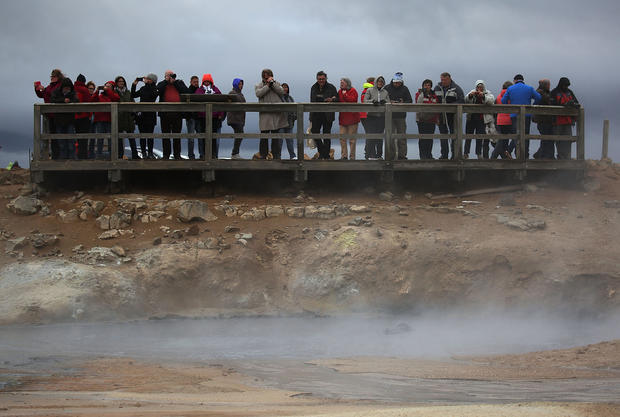
Iceland has an extremely low homicide rate and a high safety rating with the World Economic Forum, with only Finland scoring higher this year.
36. Switzerland
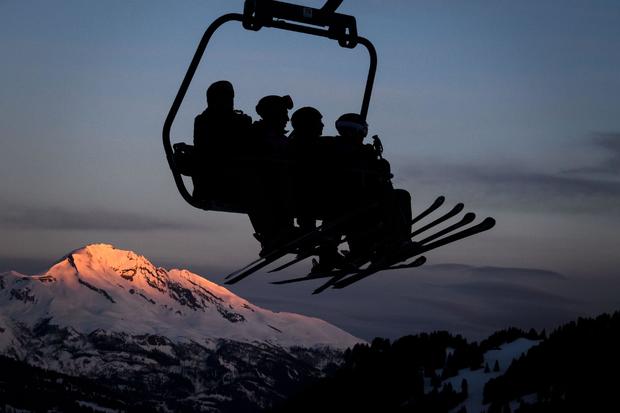
Switzerland has a very low homicide rate, and a very low rate of terror-related incidents.
35. Hong Kong

Hong Kong, a largely autonomous special administrative region of China, also has a very low homicide rate.
34. Singapore

Singapore has little crime and its rate of terror-related incidents is very low.

33. United Arab Emirates
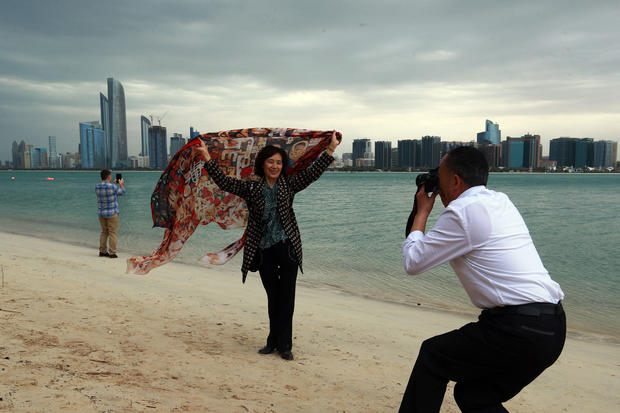
The United Arab Emirates ranks highest among the Middle Eastern countries for safety... with one exception, Oman.

Japan has a very low homicide rate but a higher rate of terror-related incidents.
31. Austria
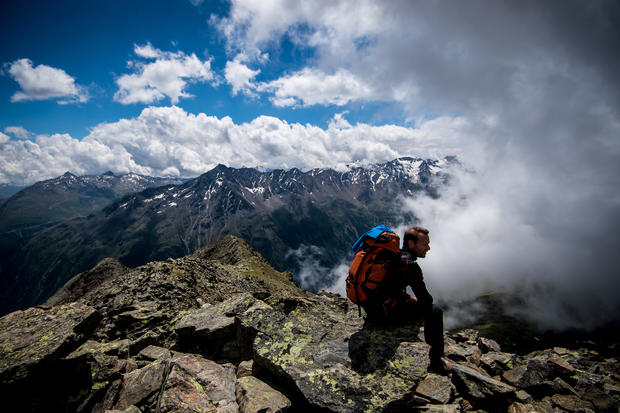
Austria also has a very low rate of terror-related incidents.

Spain has a low rate of terror-related incidents and a very low homicide rate, according to the World Economic Forum data.
29. Czech Republic
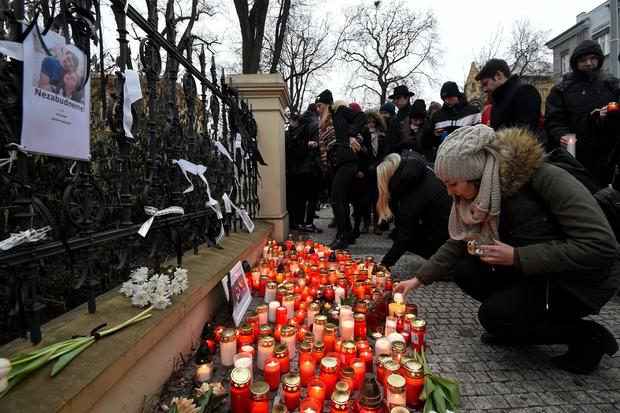
In 2018, the U.S. State Department issued a security alert to U.S. travelers to this country, citing terror concerns. However, in 2019, the department advised only "normal" precautions when traveling there.
28. Australia
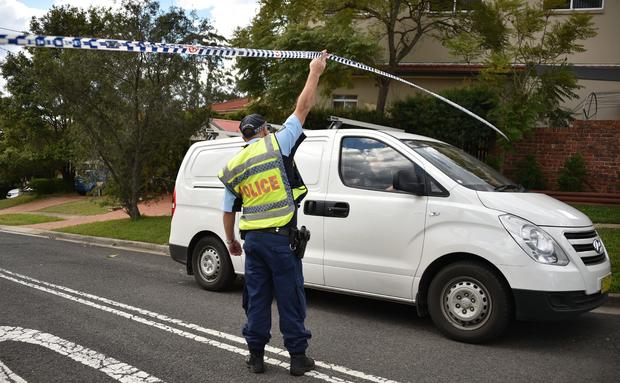
Australia has a relatively low homicide rate, but the World Economic Forum rates it as having a moderately high risk of terror-related incidents.
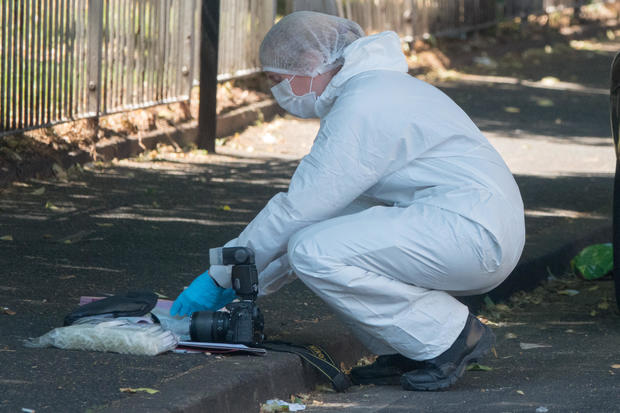
Canada's homicide rate is a relatively low. The country is the second most popular destination for U.S. tourists.
26. Netherlands

Malta, Norway and Slovenia have higher safety rankings from the WEF, but they aren't as popular with Americans as Holland is.

New Zealand is a safer Asia-Pacific country, per the WEF, but Americans travel to Taiwan more often.
24. Ireland
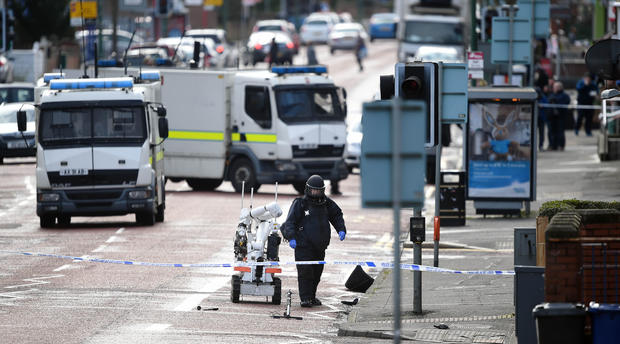
Ireland has a low homicide rate, but a higher level of terror-related incidents.
The World Economic Forum uses data from the National Consortium for the Study of Terrorism and Responses to Terrorism and Global Terrorism Database to determine the average number of terror attacks in each country.
23. South Korea

South Korea has a relatively low rate of terror-related incidents, but the threat of terrorism is considered very high.
22. Hungary

Police forces in Hungary are relatively unreliable, according to World Economic Forum findings.
21. Germany
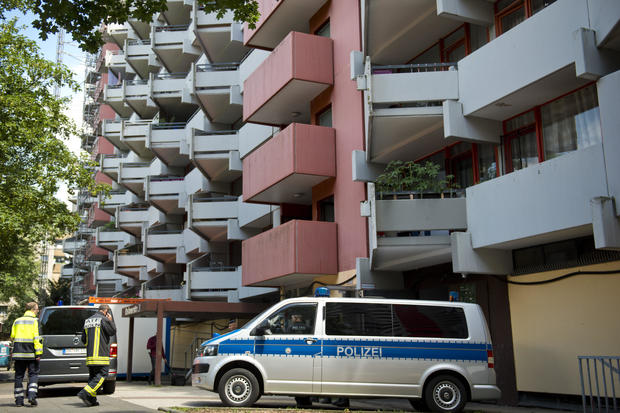
Germany has a relatively high rate of terror-related incidents in the World Economic Forum ratings.
20. United Kingdom
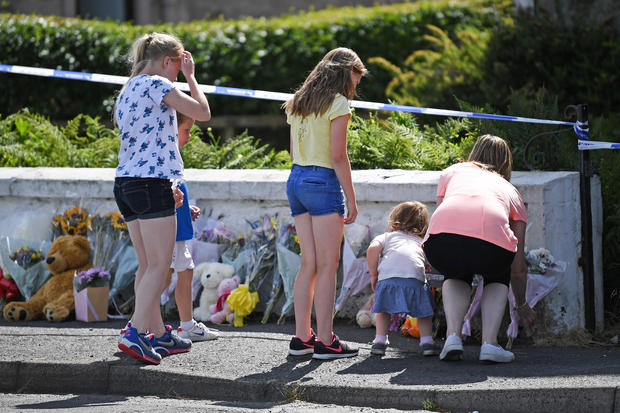
The U.K. has a higher rate of terror-related incidents. It is the third-most traveled to country by U.S. tourists.

France is No. 51 on the World Economic Forum's list of 140 countries. This popular tourist destination has a relatively high rate of terror-related incidents. The U.S. State Department recommends visitors exercise increased caution.
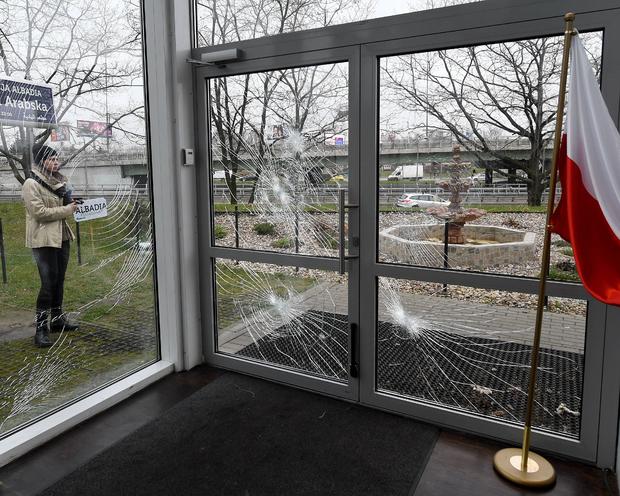
Poland's police services are rated as relatively unreliable.
17. Vietnam
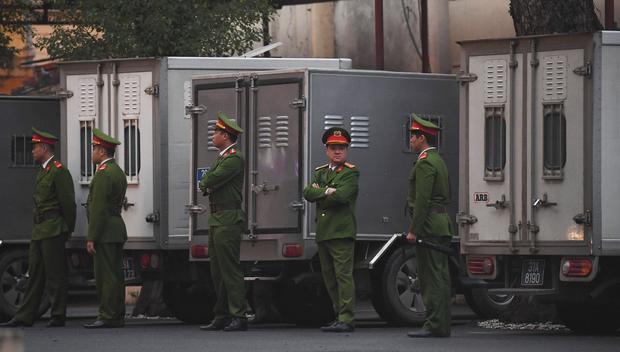
The World Economic Forum says Vietnam's police force is relatively unreliable.

China has a high rate of terror-related incidents. The country is the 10th-most popular with U.S. tourists. The U.S. State Department recommends increased caution "due to the arbitrary enforcement of local laws and special restrictions on dual U.S.-Chinese nationals."
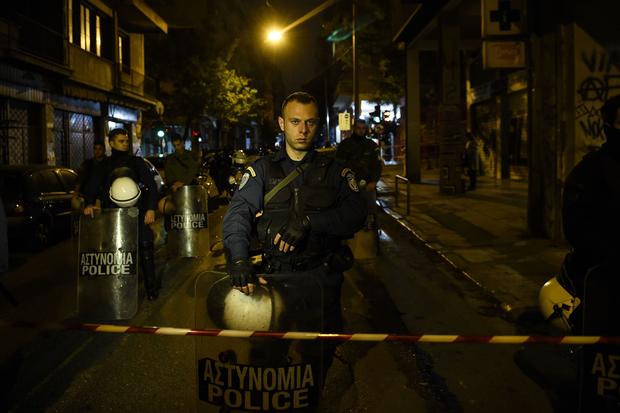
Greece has a relatively high rate of terror-related incidents, but a very low homicide rate.
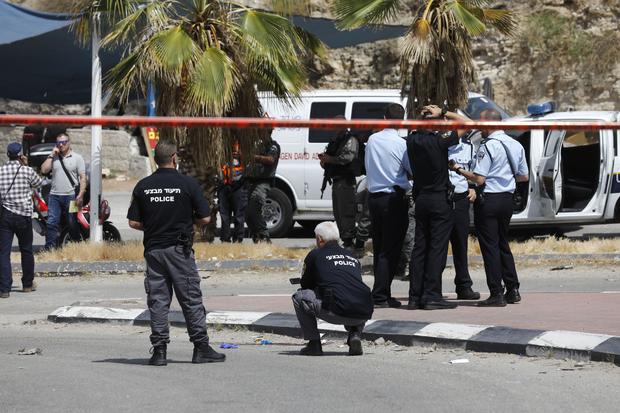
Israel has a high rate of terror-related incidents. The U.S. State Department recommends visitors exercise increased caution.
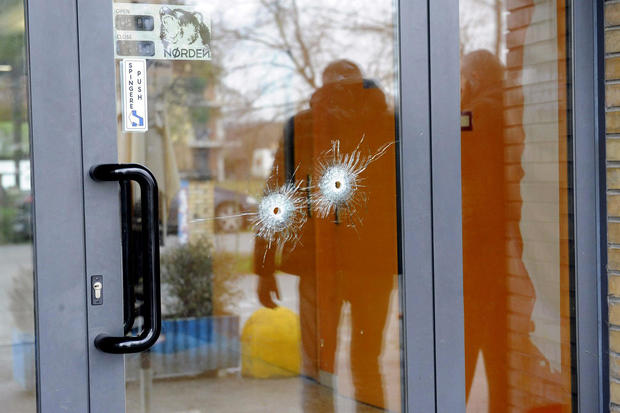
Italy has a relatively low homicide rate, but a high rate of terror-related incidents. The U.S. State Department recommends taking increased precautions.
12. Costa Rica
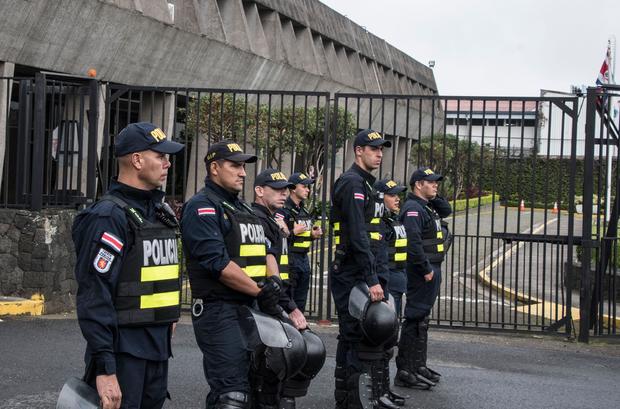
Costa Rica is a popular destination for U.S. eco-tourists. Overall, Costa Rica ranks No. 75 in the WEF's latest safety index of 140 nations.
11. Argentina

Argentina's police services are considered relatively unreliable.
10. Thailand
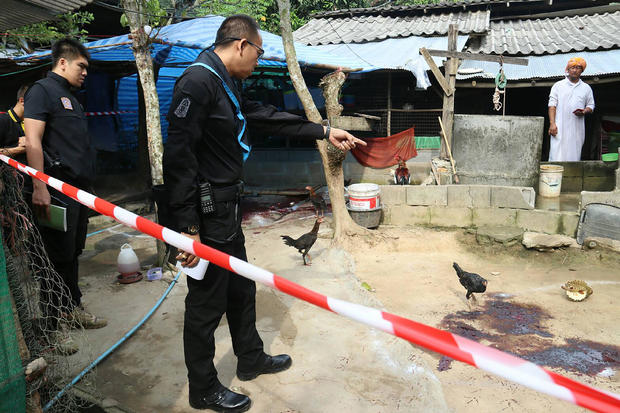
Thailand is poorly ranked in large part because of a high rate of terror-related incidents.
9. Dominican Republic

The Dominican Republic ranks as 117th out of 140 countries for safety on the World Economic Forum's list.
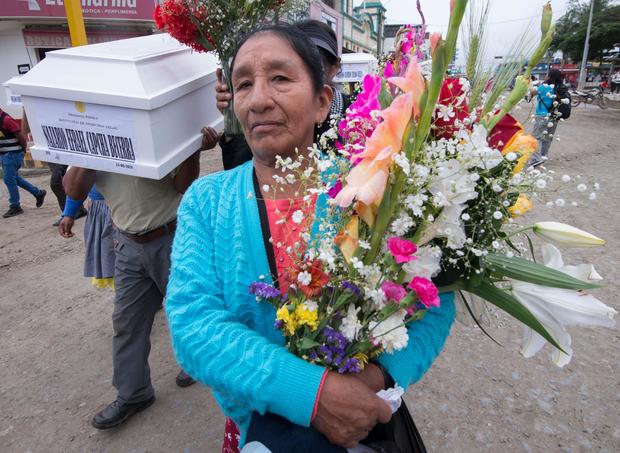
Peru has a relatively low homicide rate, but the reliability of the country's police services is also very low.
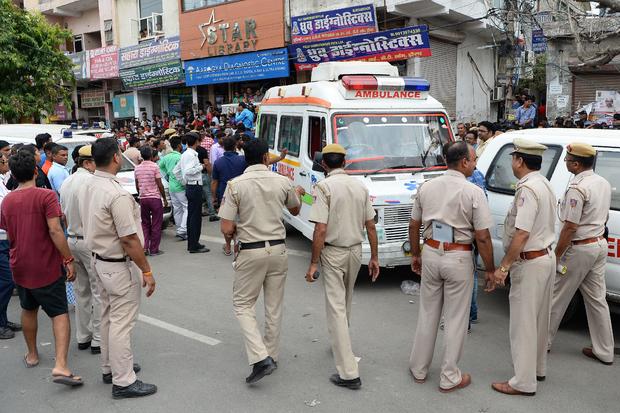
India has a high rate of terror-related incidents. The U.S. State Department recommends increased caution in India due to crime and terrorism, and advises Americans not to visit the state of Jammu and Kashmir or the India-Pakistan border.
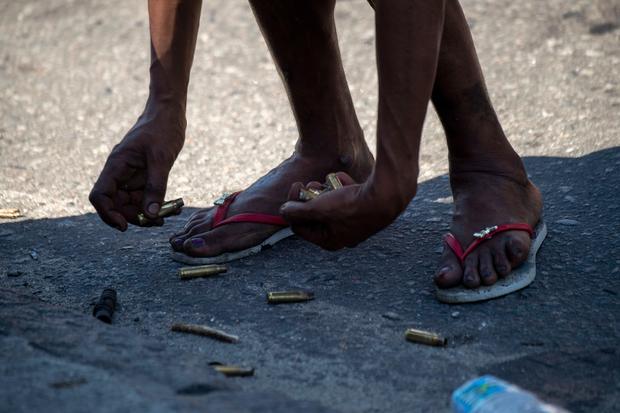
Brazil has a high homicide rate; in 2018, Brazil had a murder rate of 24.7 per 100,000 people.
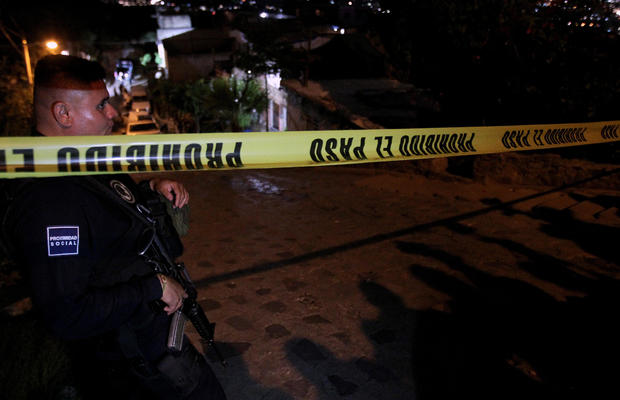
The U.S. State Department recommends visitors exercise increased caution here, and advises Americans not to visit the states of Colima, Guerrero, Michoacán, Sinaloa and Tamaulipas due to high crime.
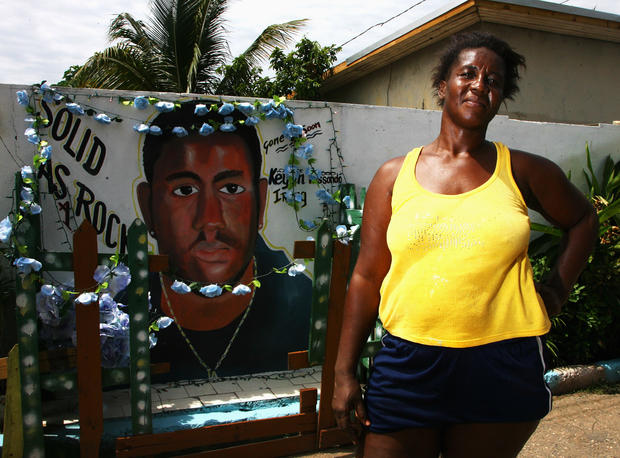
Jamaica's homicide rate is one of the world's worst. The U.S. State Department recommends visitors exercise increased caution.
3. South Africa
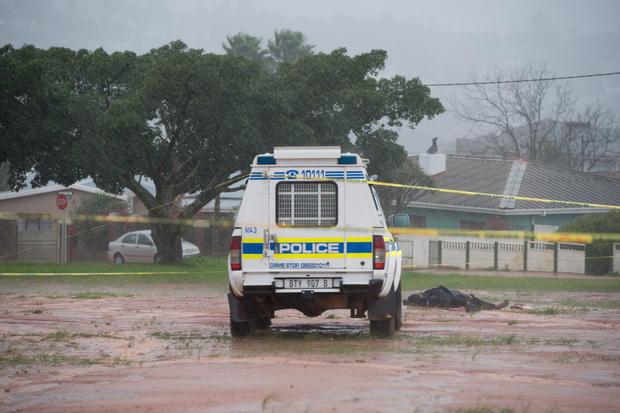
South Africa's low safety score is largely due to a lack of reliability of their police services. The U.S. State Department recommends visitors exercise increased caution.
2. Colombia
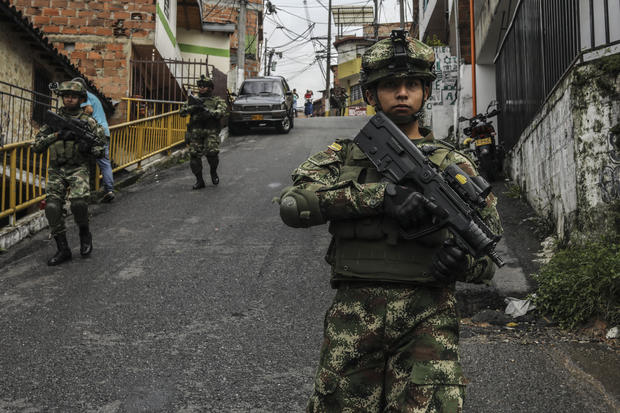
The homicide rate in Colombia is about 25 per 100,000 residents.
1. Philippines
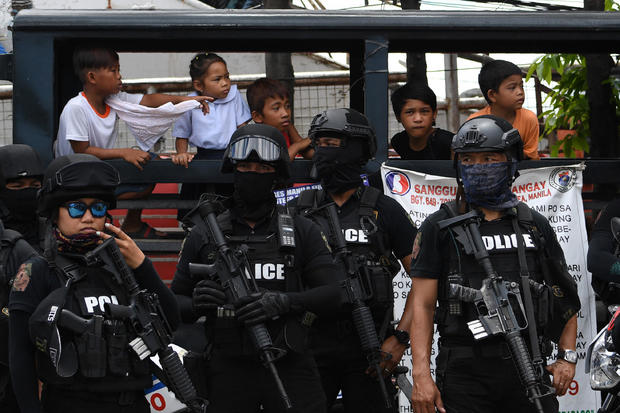
The Philippines is currently at the bottom of the World Economic Forum's safety list, largely because of a high rate of terror-related incidents and kidappings.
The U.S. State Department urges increased caution and warns Americans not to travel to the Sulu Archipelago or Marawi City in Mindanao due to terrorism and civil unrest.
The Most Dangerous Countries for Tourists, in Maps
The recent assaults in Brazil and India have raised questions about those countries' safety records. Here are the places where travelers should actually be wary.
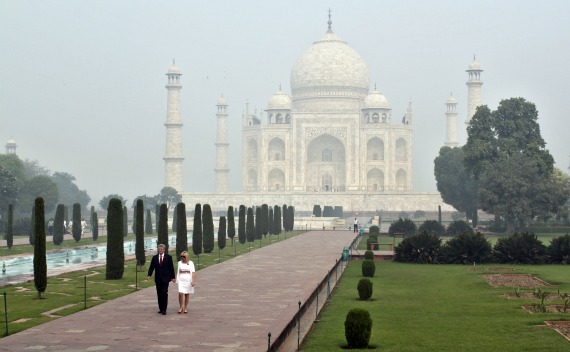
It's been an alarming past few weeks for fans of international travel.
In March, a Swiss woman was gang-raped while she was camped out in a forest with her husband after a day of biking around the central Indian state of Madhya Pradesh. And on Monday, an American tourist was raped by three men over the course of six hours while aboard a public van near the seaside resort town of Copacabana .
The incidents have already taken their public-relations toll. The Brazil rape is the latest evidence that the country has a growing sexual assault problem -- reports of rapes there have risen 150 percent since 2009 -- and raises questions about Brazil's readiness for the 2014 World Cup and 2016 Olympic Games.
And in a new survey of 1,200 tour operations across India, the Associated Chambers of Commerce and Industry of India found that the number of inbound tourists to the country has dropped 25 percent since December, while the influx of female travelers is down 35 percent.
That's not surprising, since research shows that violence and other upheaval tends to scare away tourists.
So, which countries should foreign travelers avoid, or at least be especially careful in?
Statistics for attacks on tourists are hard to come by, but one way to look at travel risks is through the travel warnings that governments issue for their citizens. Here's a map put together by the CBC, based on warnings from Canada's Department of Foreign Affairs ( click here for the interactive version):

Brazil is flagged with an "exercise extreme caution" warning, while visitors to India are advised to avoid areas that tend to have conflicts flaring:
Avoid non-essential travel to the regions of Manipur and the Arunachal Pradesh border area with Burma. Avoid all travel to Jammu and Kashmir, with the exception of Ladakh via Manali or by air to Leh. Avoid all travel in border areas in Manipur (border with Burma) and Nagaland (border with Burma). Avoid all travel to the immediate vicinity of the border areas with Pakistan in Gujarat, Rajasthan and Punjab states. Avoid the border area between Assam and Bangladesh due to insurgency, and districts of Kokrajhar, Chirang and Dhubri due to inter-communal violence.
A danger of rape isn't mentioned -- perhaps because sexual assault, though sadly common for local women (as highlighted by an earlier gang-rape of an Indian woman on a Delhi bus), is actually a rarity for tourists in India.
The U.S. State Department also puts out travel warnings when there's a long-term, protracted condition that makes a country too dangerous for Americans to visit.
Here is a map of all of the travel warnings that are in effect since September of last year. It likely doesn't come as a shock to anyone who reads foreign news, consisting largely of hotspots in North Africa, the Middle East, and a few outlying Asian countries such as North Korea:

Surprisingly, the U.S. list includes popular tourist destinations like Israel, where the U.S. government warns visitors to avoid the Gaza Strip and West Bank, and Mexico, where the State Department notes that, "the number of U.S. citizens...murdered under all circumstances in Mexico was 113 in 2011 and 32 in the first six months of 2012."
It's not entirely clear why Brazil isn't on the list. The country has one of the highest homicide rates per capita in the world , according to UNODC statistics. The State Department has published plenty of other warnings about vacationing there, including scary descriptions of " quicknappings " around banks and ATMs.
It could be just that crimes against tourists in Brazil tend to be muggings and theft, as opposed to violent assaults such as rape, so the country gets swept into the broad category of "have fun, but watch your bag" destinations. But in light of recent events, it will be interesting to see if there's a report showing a drop in Brazilian tourism a few months from now. But on thing both the Canadian and U.S. maps show is that sometimes, terrible things happen to innocent tourists -- no matter where they are.
- Latest Latest
- The West The West
- Sports Sports
- Opinion Opinion
- Magazine Magazine
What countries to avoid on your travels, according to the U.S. government
Many countries’ travel advisories have been updated in 2024, making some popular locations dangerous to travel to.

By Alyssa Bradford
The U.S. State Department regularly updates travel advisory levels for more than 200 countries globally. Levels depend on risk factors such as health, terrorism and civil unrest. Currently, 10% of countries, 19 total, have a level four advisory, meaning no one should travel to that location, per U.S. News & World Report .
Twenty-four countries have a level three travel advisory, meaning to reconsider travel. While citizens are not barred from traveling, additional advice is given because of the severity of risks to safety and security, according to U.S. News & World Report .
Which countries have updated ‘do not travel’ warnings?
Level four is the highest and most dangerous advisory the U.S. government gives. Here are the areas to not travel to and the reasons why, in order of date updated, according to the State Department website .
Burma (Myanmar)
With armed conflict, civil unrest and arbitrary law enforcement, Burma was updated to a level four on Jan. 22.
- Certain areas within the country, Shan, Chin and Kachin, also contain unidentifiable or unmarked landmines.
- Many U.S. citizens have been wrongfully detained without due process.
- Explosives are used during armed conflicts.
- There are limited medical resources because of shortage in staffing and medical supplies.
Information on Iran was updated on Jan. 11. Terrorism, civil unrest, kidnapping and the arrest of U.S. citizens are risk factors for Iran.
- Terrorist organizations, such as ISIS, operate in Iran.
- The U.S. is unable to provide emergency services.
Which countries should tourists highly consider not traveling to?
Where possible, U.S. citizens should stay away from countries with a level three travel advisory. However, if necessary, appoint one family member to serve as the point of contact with others in emergencies; keep travel documents up-to-date; avoid demonstrations or crowds and do not touch unknown objects.
Here are the areas to reconsider traveling to and the reasons why, in order of date updated, according to the State Department website .
Crime, civil unrest, terrorism, kidnapping, landmines and armed conflict causes Lebanon to have a level three advisory. Southern Lebanon, the border with Syria or refugee settlements have a level four, do not travel, advisory. Lebanon’s advisory was updated on Jan. 29.
- The U.S. Embassy is sometimes unable to assist travelers.
- Terrorist groups are plotting attacks, especially in tourist locations.
- Disputes often escalate quickly within families and neighborhoods, causing gunfire or other violence.
- Kidnapping occurs due to the want of money, political motives and family disputes.
- Landmines are found in roadside ditches, shoulders and unmarked trails.
- Protester gatherings often turn violent. Major roads can be blocked for the protests.
Saudi Arabia
Updated on Jan. 24, Saudi Arabia has a level three advisory. There are currently threats of missile and drone attacks, terrorism, arrests due to social media activity and prohibited items within the country.
- The U.S. government is unable to provide aid for most emergencies.
- Iran has conducted destructive and lethal attacks with missiles and drones against government and civilian sites.
- Debris from drone and missile attacks are dangerous.
- U.S. citizens have been arrested for social media comments, likes, posts or reposts that are deemed critical of Saudi Arabia.
- Drugs, weapons, pornographic material and other illegal items are often imported into the country.
Travel to Jamaica should be reconsidered because of crime and reduced medical services. The country’s travel advisory was updated on Jan. 23.
- Violent crimes such as sexual assault, armed robberies and home invasions occur.
- Police respond poorly to criminal incidents.
- Families of U.S. citizens are often killed in homicides with death certificates given a year or more later.
- Hospitals are under-resourced.
Papua New Guinea
Crime, civil unrest, piracy, kidnapping, limited health care services and natural disasters cause Papua New Guinea’s level three advisory, updated on Jan. 17, 2024.
- Violent crime such as assault, home invasions, carjacking and robberies occur.
- Criminals attack foreign tourist hotspots for money.
- Police presence and their resources are limited.
- Piracy is active in the surrounding water. The criminals often use physical violence.
- Foreign citizens have been kidnapped.
Updated on Jan. 11, Nicaragua has increased in arbitrary law enforcement, limited health care and false detention.
- Nicaragua’s government searches and seizes personal items, targets pro-democracy advocates and families, and prevent individuals from departing.
- U.S. citizens can find themselves charged without fair trials.
Travel to Niger should be reconsidered because of crime, kidnapping and terrorism. The travel advisory was updated on Jan. 8.
- Demonstrations often become violent.
- Terrorists operate in different areas within the country and have attacked security forces.
- Robbery is common.
Crime, terrorism, civil unrest and kidnapping are current risks in Colombia. The level three travel advisory was updated on Jan. 2.
- Violent crimes such as assault, homicide and robbery occur.
- Terrorist groups carry out attacks in both local and tourist locations.
- Demonstrations regularly shut down major roads and have resulted in fatalities.
Navigating fear when the world seems unsafe
Does it ever feel like you hear news about tragedy constantly? Living in a digital age allows us to hear or see recent crises in an instant.
However, for me, I’ve found that being in constant fear makes life difficult. Learning how to cope while dealing with fear has been important as I want to continue to be immersed in the news.
Promises Behavioral Health offers five ways to cope with fear to help prevent bigger problems, like depression or substance abuse, down the line.
- Pay attention: Take the time to recognize what you are feeling and why you are feeling that way. Running from fear can make someone more anxious and depressed long-term.
- Give fear a shape: Give your fear a silly or child-like identity, an appearance or even a name. You can then speak to your “fear” as a parent talking to a child or a person trying to get someone annoying to know why they’re wrong.
- Focus on your present reality: Take the time to understand if you are overgeneralizing. Though there are bad people, not every one has lost kindness. Question if your thoughts are actually true or if you are just convincing yourself something bad will happen.
- Balance the negative with the positive: Notice the good things happening around you. If you want to look into tragic events, look into heroic stories as well for balance. You can also inspire yourself and others to take action against injustices you see.
- Get help: Never be afraid to get help if fear is consuming and creating problems in your life. Therapy and help from friends or family can be effective.
Advertisement
The 10 Most Dangerous Places To Travel To Around the Globe
- Share Content on Facebook
- Share Content via Email

International travel is as easy as packing a suitcase and hopping on a plane, allowing people to explore countries all over the world with ease. While there’s always a degree of risk involved – the same as you’d experience in your own city – there are some places that tourists tend to avoid due to war, unrest, and crime. If you are thinking about traveling in the United States only, check out our list of most dangerous cities in the US . However, there are a number of cities around the world that are both incredibly dangerous and desirable vacation destinations. Here are the 10 most dangerous places to travel to, so if you’re planning on traveling to one of them, be sure to be aware of the risks and take reasonable precautions.
Ciudad Juarez, Mexico
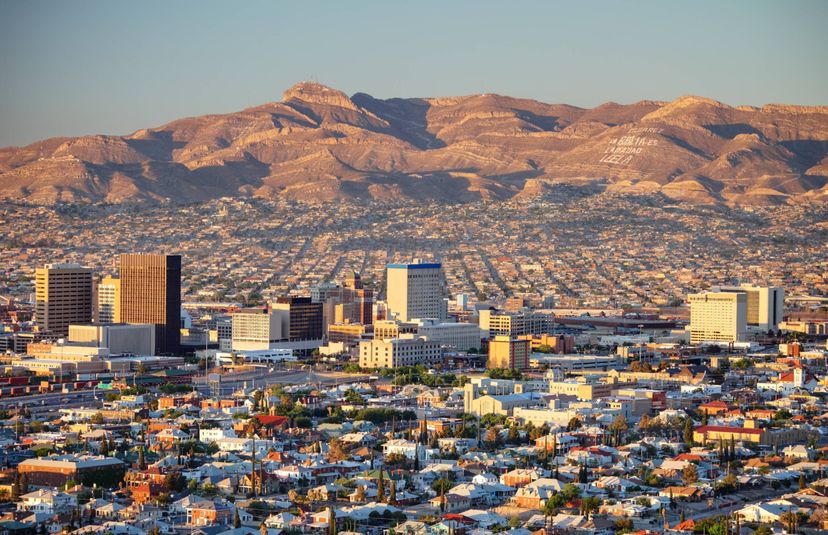
Millions of tourists visit Mexico every year, but the violent organized crime makes it a more risky destination for travelers. Mexico’s issues with drug trafficking are well known and Ciudad Juarez is one of the nation’s most violent cities. Police corruption is a significant problem, as officers are often employed or paid off by drug cartels, which means that many crimes go unpunished.
Rio de Janeiro, Brazil

Many cities in Brazil have high crime rates, and none are more dangerous than Rio de Janeiro. Yet, Rio remains the most popular tourist destination in Brazil, attracting upwards of 1.2 million travelers every year. The city is actually safer than it was a decade ago, but street crime is still common in many areas, especially at night. Political tension and the accompanying demonstrations are a concern, so check your country’s travel alerts before you book a trip. It’s possible to enjoy the lush rainforest and white sandy beaches, but use common sense and take reasonable precautions.
Caracas, Venezuela
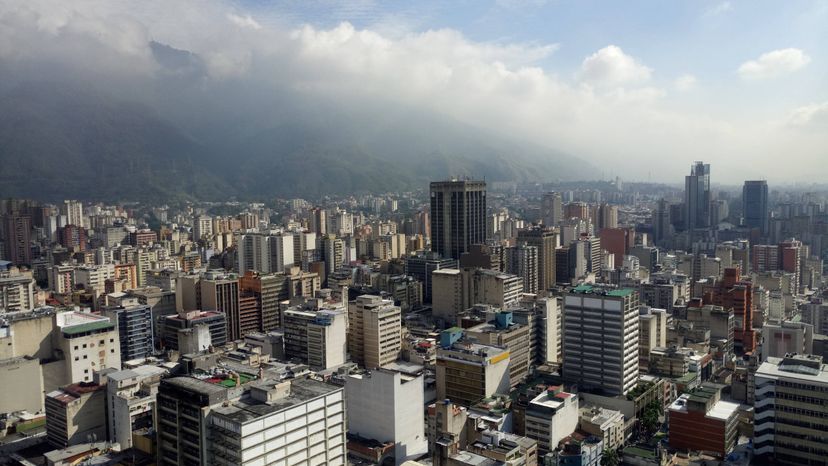
Caracas is easily the most dangerous city in the world to visit. The capital city of Venezuela continues to face an epidemic of violence, in part because of a poor political and economic environment for residents. Street crimes such as muggings and theft are common, as are murder by firearm and kidnappings, making this an undesirable destination for most tourists. Backpackers continue to visit the nation because of the beautiful landscapes and cheap cost to visit. Many other cities in Venezuela also have incredibly high crime rates, but the capital has the second-highest murder rate in the world, giving it the top spot on the list of most dangerous places to travel. So if you were planning a trip to Venezuela we suggest checking out more tourist-friendly areas like Margarita Island .
Guatemala City, Guatemala
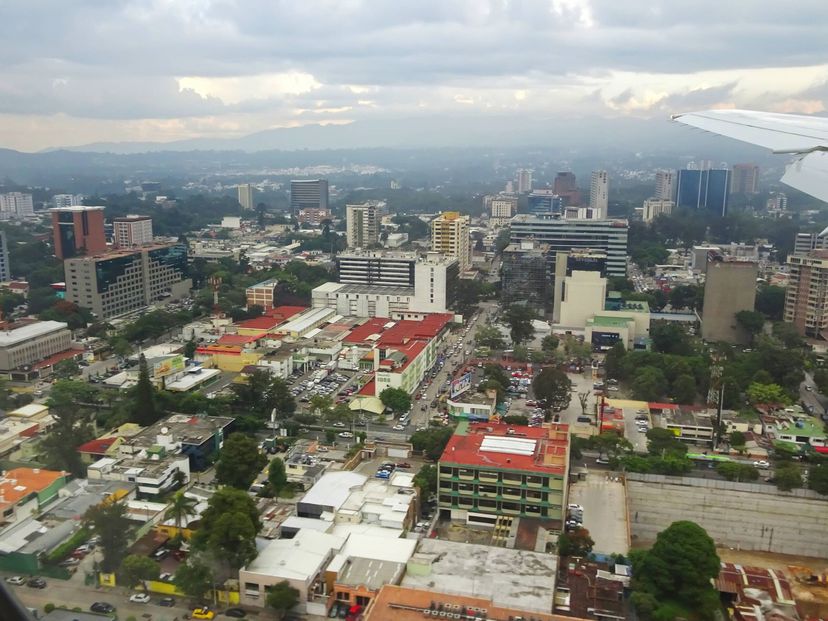
Although Guatemala, a Central American nation in the Caribbean, holds many tourist attractions, it’s a nation plagued with drug-based violence, as well as human and arms trafficking. It has a high murder and low solve rate, and other common crimes include street robberies, bus holdups. and carjackings. If you’re planning on visiting Guatemala, it’s advisable to remain in safer regions and avoid Guatemala City.
Baghdad, Iraq
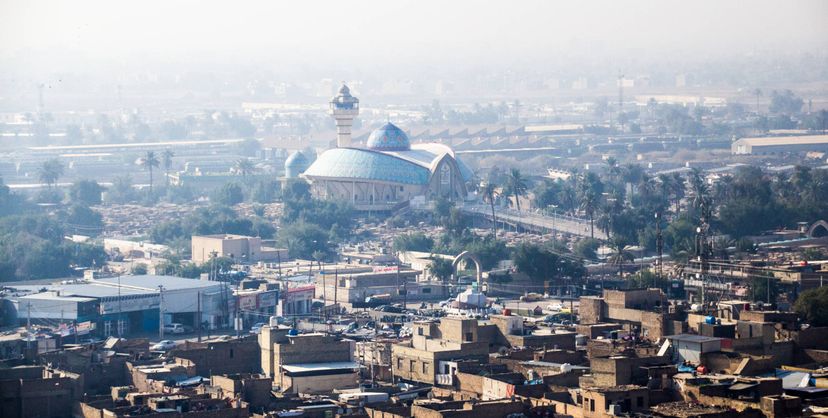
Bombings, gunfire, and other violent events are common in Iraq. This country has been on the “do not travel” list for Americans for many years and Baghdad remains a dangerous place. This is another war-torn country that has been decimated by insurgent and United States military attacks and is not likely to be safe anytime soon. Since the violence in Baghdad usually consists of unpredictable outbreaks of terrorism, it’s not a place that people should visit without a good reason.
San Pedro Sula, Honduras
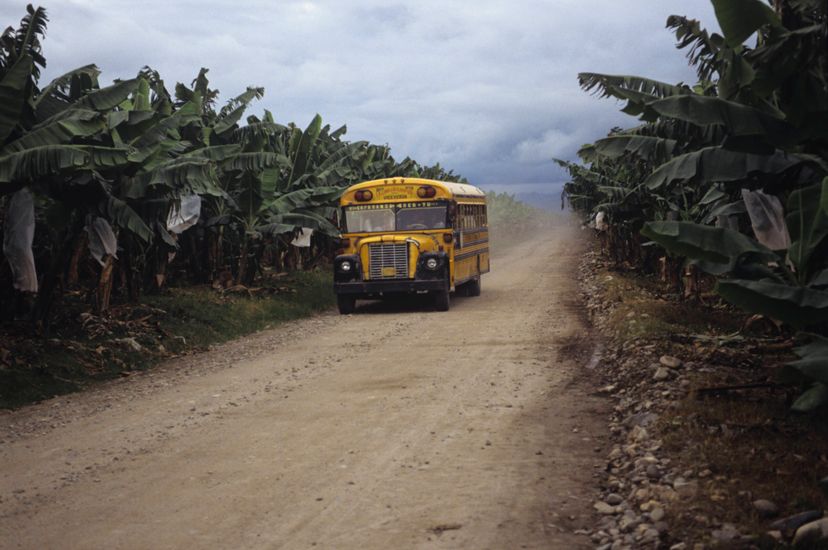
This city has ranked as one of the world’s most violent for several years now. According to many sources, it has the highest homicide rates in the world – 169 per 100,000 people. Arms trafficking is another big problem, and illegal firearms are prevalent throughout the city. Most tourists only face opportunistic crimes such as muggings and theft. The Maya ruins and golden beaches may be a draw, but this is a city that tourists would do well to take serious precautions in.
Kabul, Afghanistan
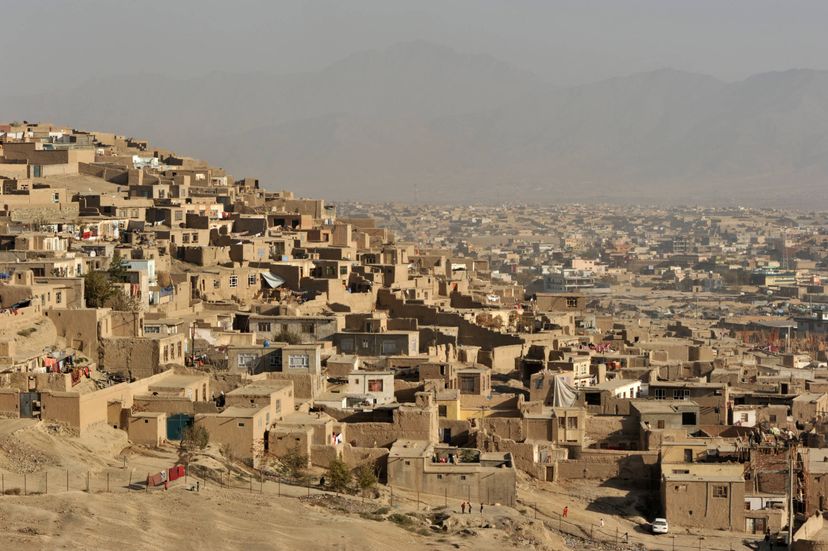
Kabul has been one of the most dangerous cities in the world for many years. It is still a war zone, although U.S. troops prepare to exit the country. Terrorist attacks, including many bombings, remain common. Like Baghdad, Kabul is a city where violence can erupt at any time. Afghanistan is the most dangerous country in 2019, according to the Global Peace Index.
Cape Town, South Africa
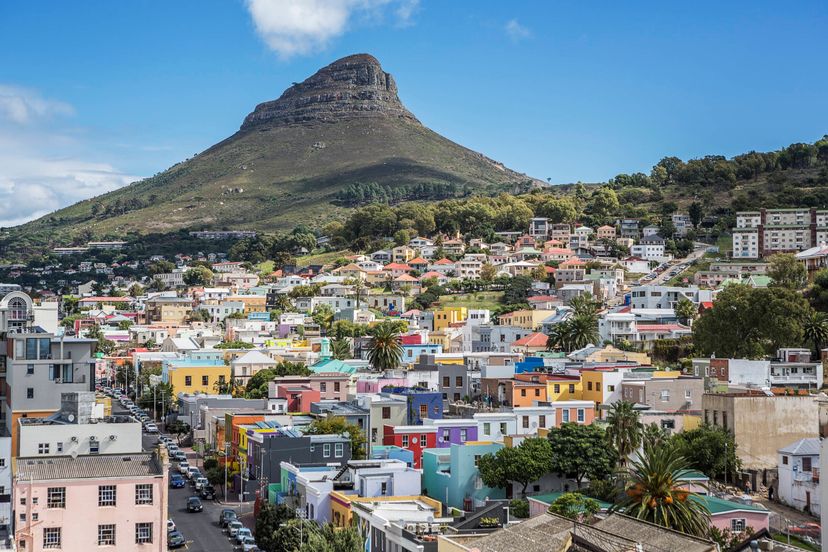
Due to the prevalence of poverty and social unrest in this city, it suffers from an extremely high violent crime rate, mostly related to drugs and gangs, with an estimated 100,000 people in over 130 different gangs in 2018. Although many tourists are drawn to South Africa because of its natural beauty and proximity to nature preserves packed with wildlife, Cape Town can be a dangerous place. The safest way to enjoy a visit to this city is to avoid the more dangerous neighborhoods and don’t travel alone at night, especially if you are a woman.
Acapulco, Mexico
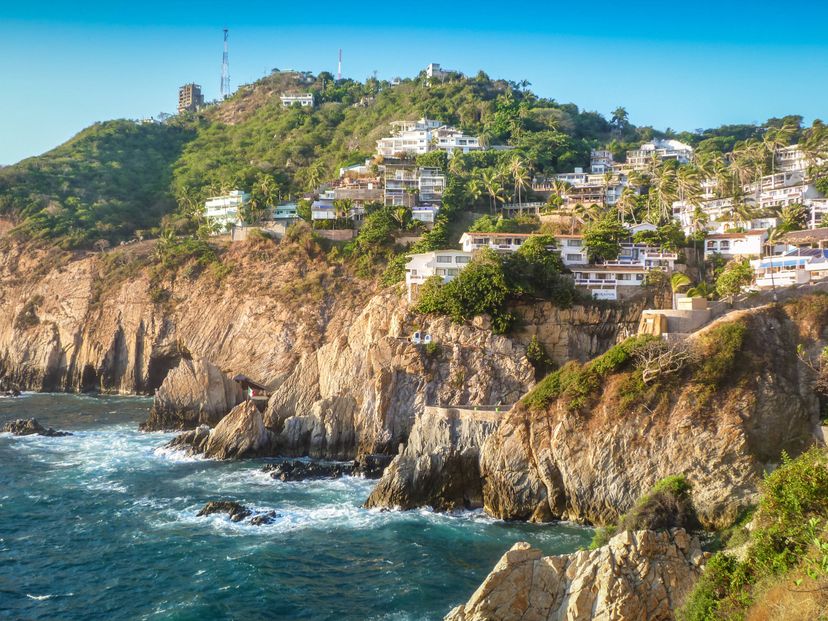
Not long ago, this city was considered a safe and luxurious resort area. While tourism to Acapulco is still permitted, gang violence and drug-related murder have made this a dangerous area for travelers and those who live there, and the area has seen a huge decline in tourism since 2014. Recent statistics reveal that this city – called Mexico’s “murder capital” – has one of the world’s highest murder rates -142 per 100,000 people, making it one of the most dangerous places to travel to. People visiting Acapulco are advised to not leave the safety of the resorts where they are staying, as most crime occurs in surrounding areas.
Please copy/paste the following text to properly cite this HowStuffWorks.com article:
- Outdoor Activities
- Destinations
- Book Hotels, Flights & Cars
- Advertise With Us
- Cookie Settings
Copyright © 2024 MapQuest Holdings LLC, a System1 Company

Simple Family Preparedness
24 Most Dangerous Countries
Posted: May 4, 2024 | Last updated: May 4, 2024

As much as we may dream of traveling to exotic and adventurous destinations, we must approach some places in the world cautiously.
Imagine preparing for an adventure or even considering a move abroad, only to discover that your dream destination is among the world’s most dangerous countries.
This article will tour the globe, highlighting regions where we can’t take safety for granted.
From conflict zones to areas plagued by crime, we’ll discuss what makes these places perilous and offer essential tips for those compelled to visit or relocate.
Get ready for a reality check that’s both gripping and informative.
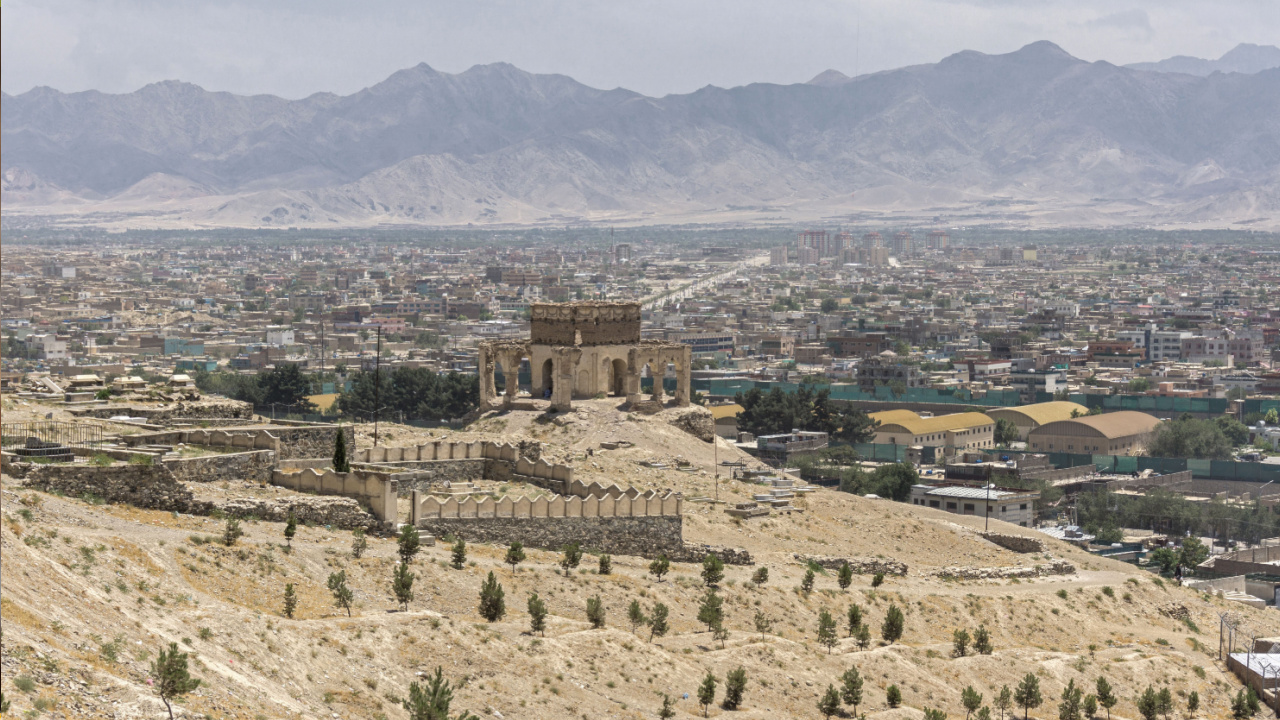
1. Afghanistan
Afghanistan stands out as one of the most dangerous countries worldwide, given the ongoing conflict between government forces and Taliban insurgents.
The country’s violence puts tourists at real risk, with attacks happening often and targeting both locals and visitors, making abduction, theft, and sexual violence more likely.

Yemen is stuck in the worst humanitarian crisis globally, dealing with political instability for decades, resulting in widespread violence and war.
The country is known for its high rates of kidnapping, hostage-taking, terrorist attacks, and violence toward foreigners, making it crucial for travelers to take precautions and avoid travel if possible.
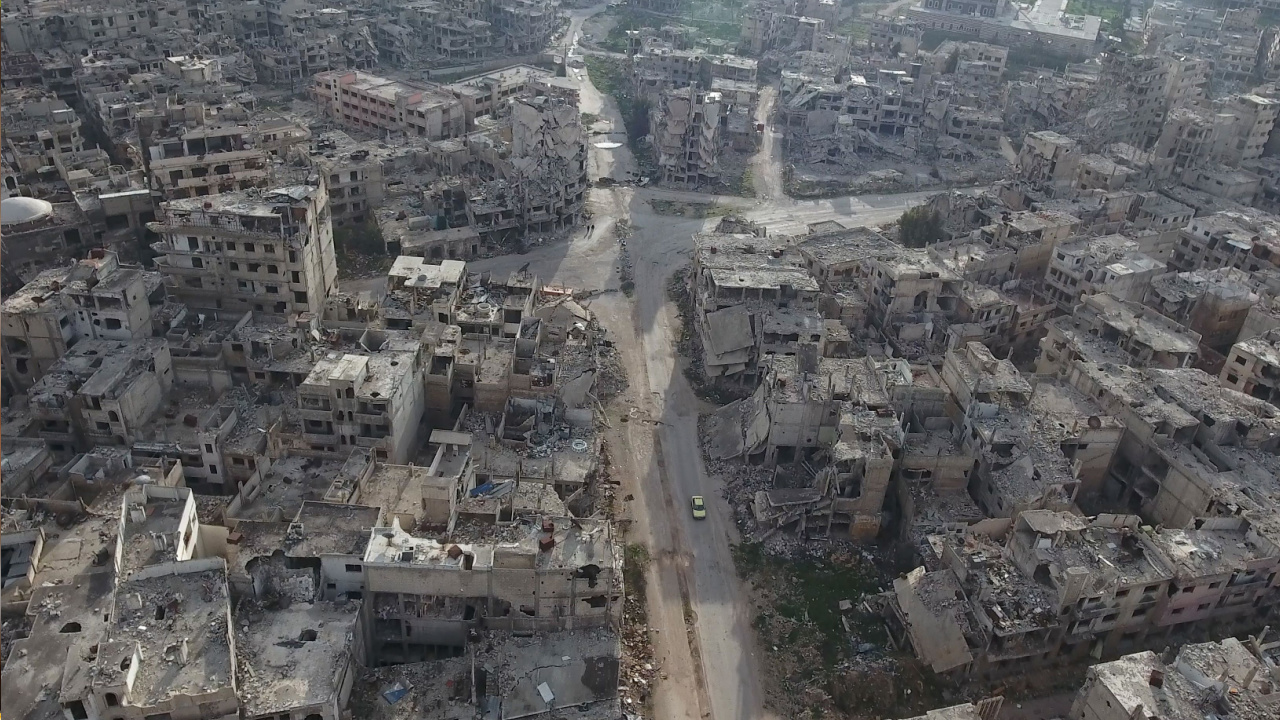
Since the civil war erupted in 2011, Syria has become one of the world’s most turbulent regions, characterized by ongoing conflict among government troops, rebel groups, and extremist factions, resulting in a high number of civilian casualties and large-scale displacements.
Consequently, it’s highly recommended to avoid traveling to this country due to various risks like terrorism, kidnappings, assaults, and armed conflicts.
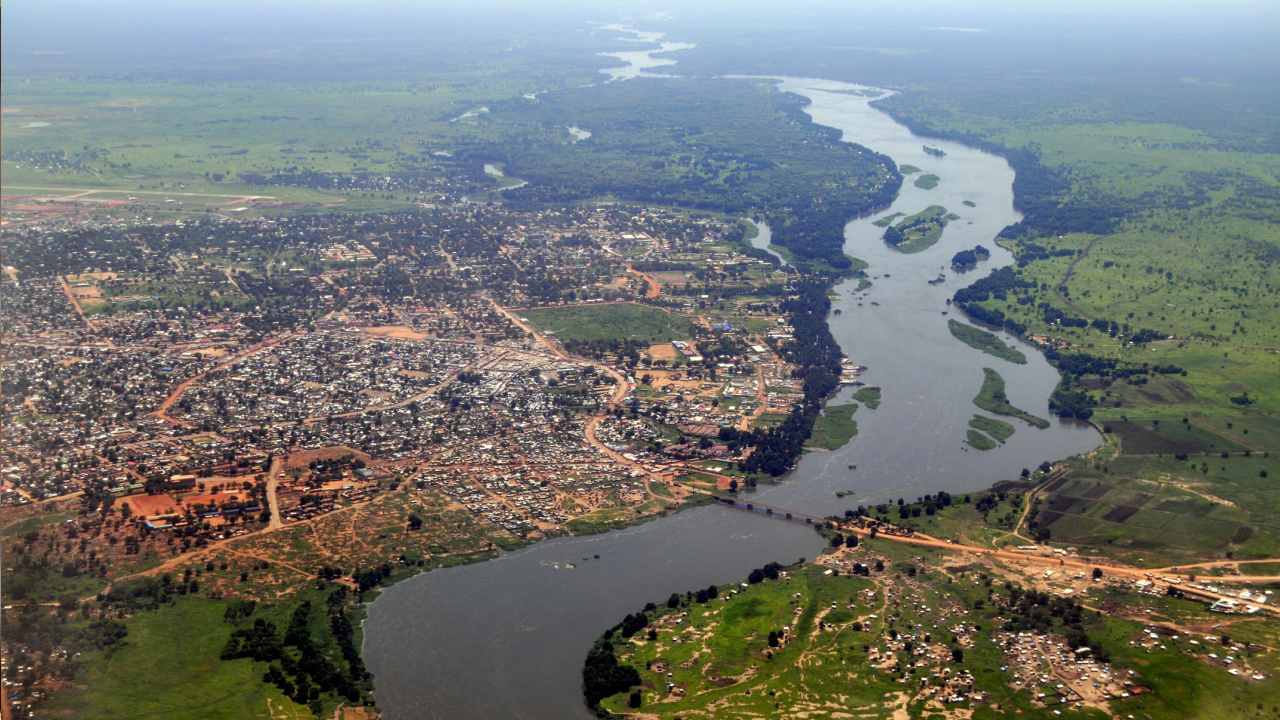
4. South Sudan
South Sudan, known for its high danger levels for travelers, has faced violence, political issues, and a humanitarian crisis since gaining independence in 2011.
Avoid traveling to the countryside due to the heightened risk of kidnapping, violent crimes, and civil unrest.
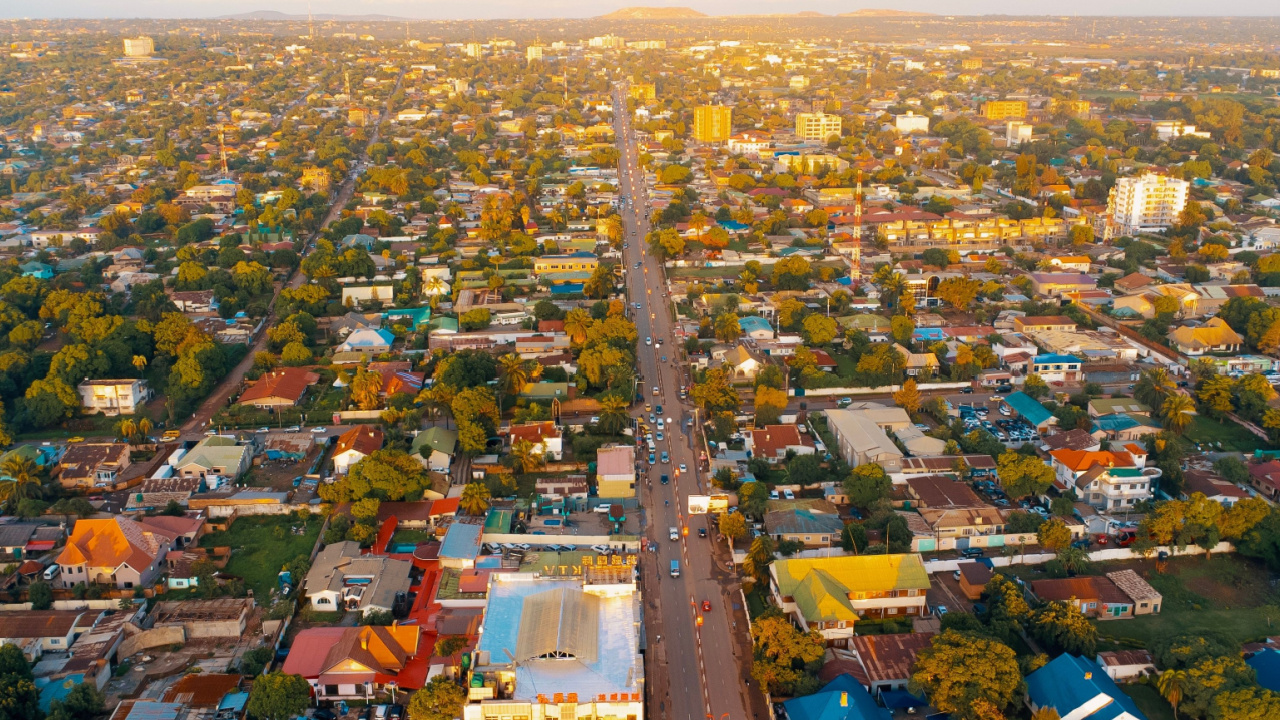
5. DR Congo
Travel to DR Congo is highly discouraged due to continued armed conflict, political unrest, and high crime rates, especially in the eastern region of the DRC, in particular, due to ongoing rebel activity and the presence of armed groups.
The country is dealing with a corrupt political system, violence, and a significant risk of diseases like Ebola and malaria, which makes traveling to DR Congo unsafe.

Before Russia invaded Ukraine, there was a rise in unrest and violence under the authoritarian regime.
Since the invasion, tensions have spiked, increasing the risk of conflict.
The U.S. State Department now recommends a Level 4 travel advisory, suggesting travelers reconsider visiting Russia due to terrorism concerns and possible harassment by Russian officials.

Due to the invasion from Russia, Ukraine is facing significant safety concerns for travelers and is now considered a dangerous country. The country has been experiencing political unrest and violence, particularly in the eastern regions.
The U.S. State Department has issued a Level 4 travel advisory for Ukraine, advising against all non-essential travel due to safety concerns.
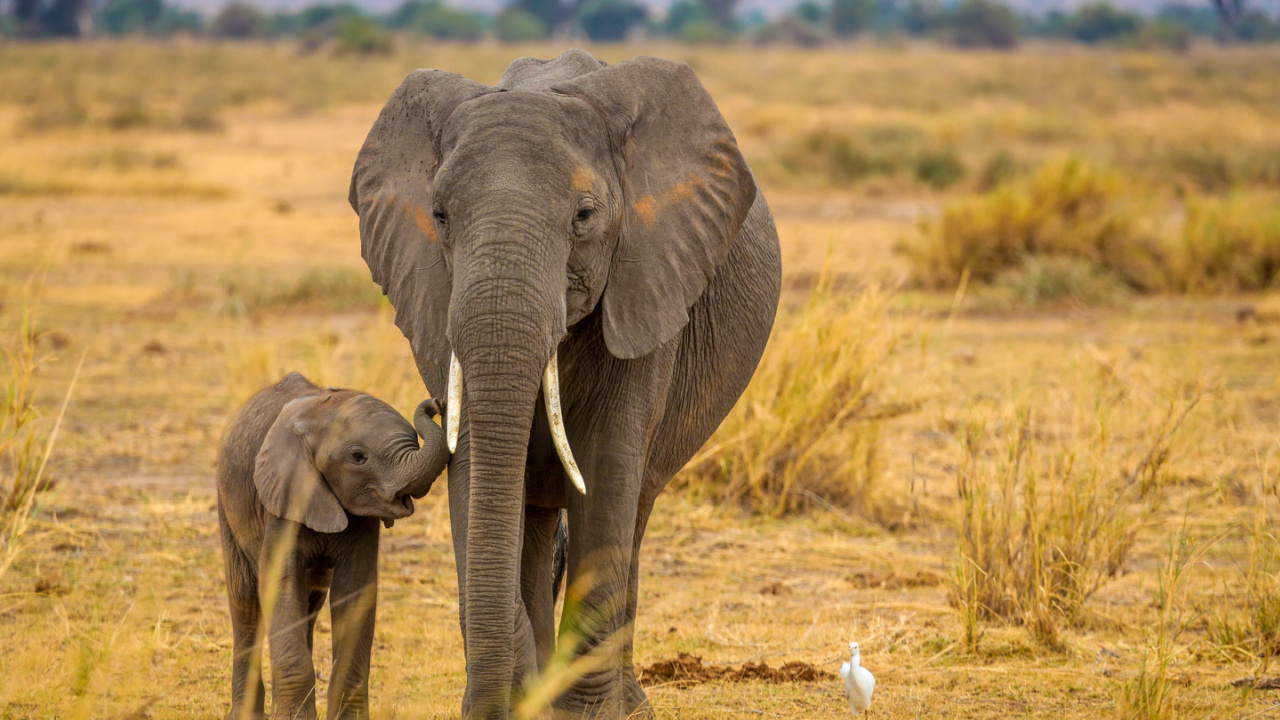
Somalia is known as one of the world’s most dangerous nations, dealing with threats from terrorist groups and political unrest.
The country has struggled with civil conflict, terrorism, and piracy, facing a high risk of abduction for ransom by armed groups and criminal organizations.
With a corrupt government and ongoing conflicts, Sudan is another country that has faced political instability and violence for many years.
The persistent conflict in Darfur and various regions of the country has escalated the threat of violent crimes like armed robbery, carjacking, and kidnapping, prompting the U.S. State Department to issue a Level 4 travel advisory for Sudan.
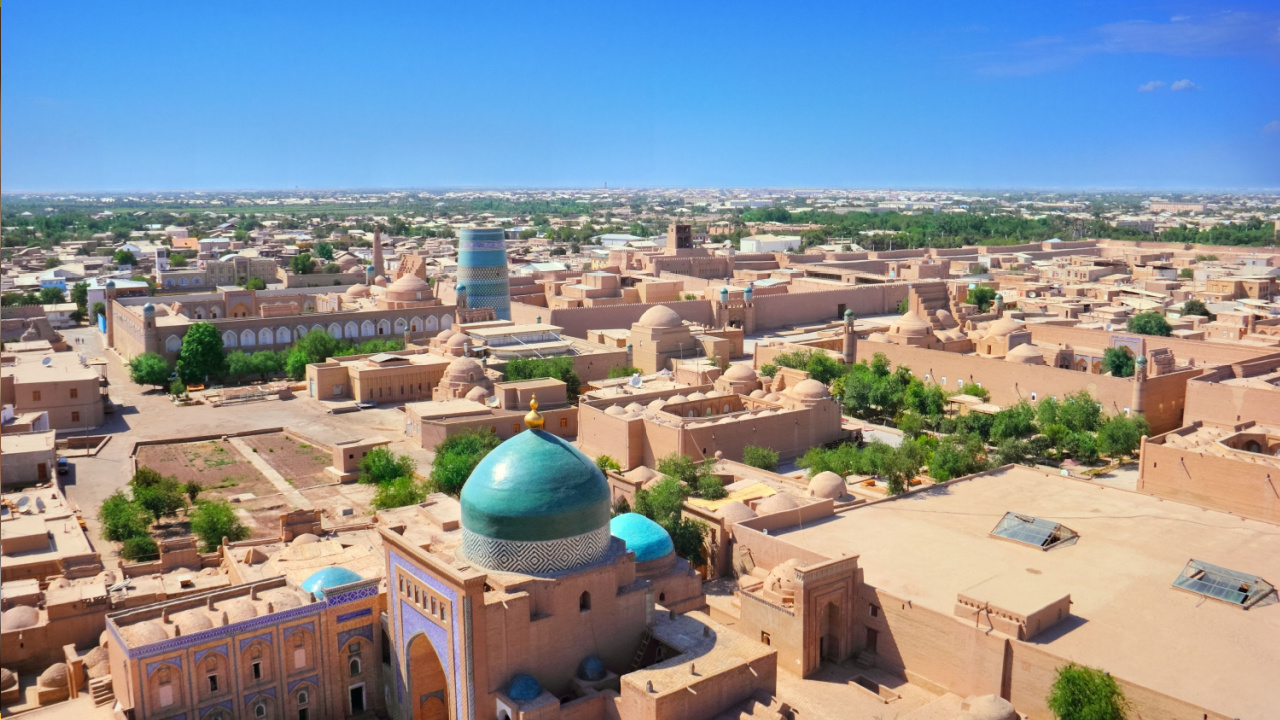
With the threat of terrorist attacks from ISIS and other extremist groups, Iraq has been deemed one of the world’s most dangerous nations.
Iraq poses a significant danger to Americans due to anti-US sentiment, conflict with Iran, high risk of kidnapping, and targeted attacks on foreigners.
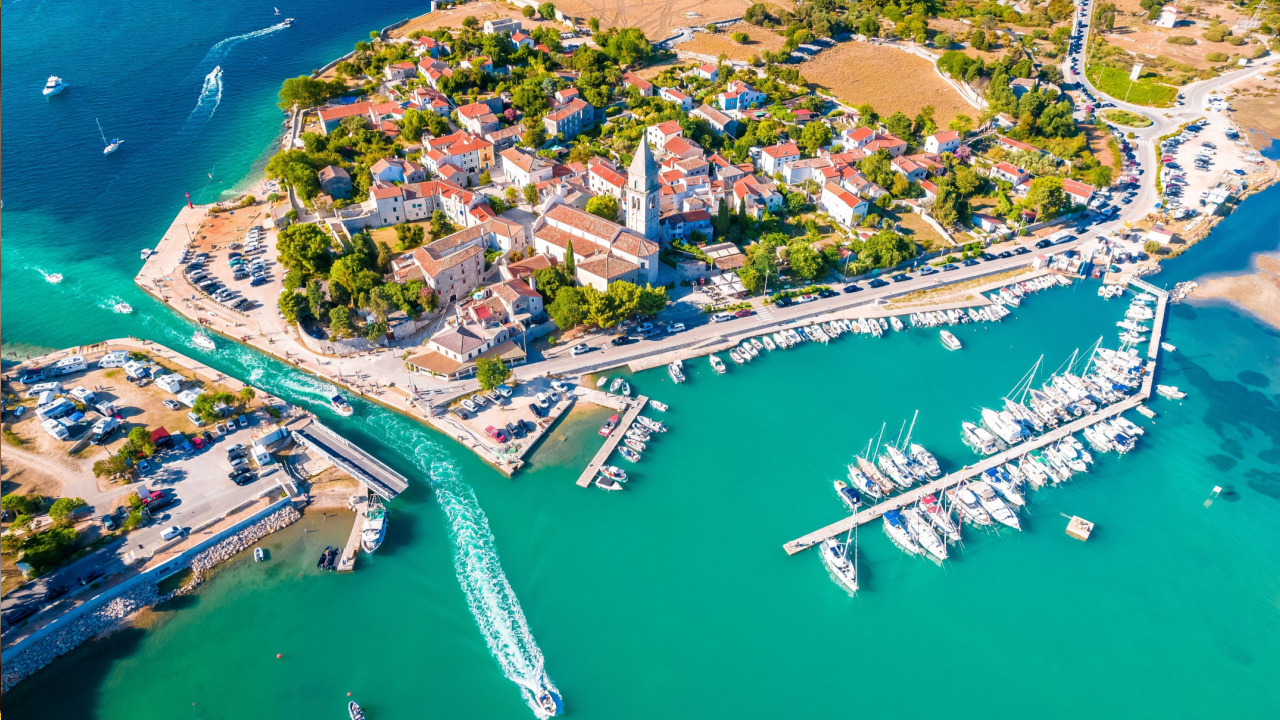
Political unrest and armed conflict have made Mali unsafe for travelers due to the presence of extremist groups and terrorist organizations.
The nation presents a significant risk of kidnapping, violent crimes, and health hazards like malaria, dengue fever, and other infectious diseases transmitted by mosquitoes are widespread.
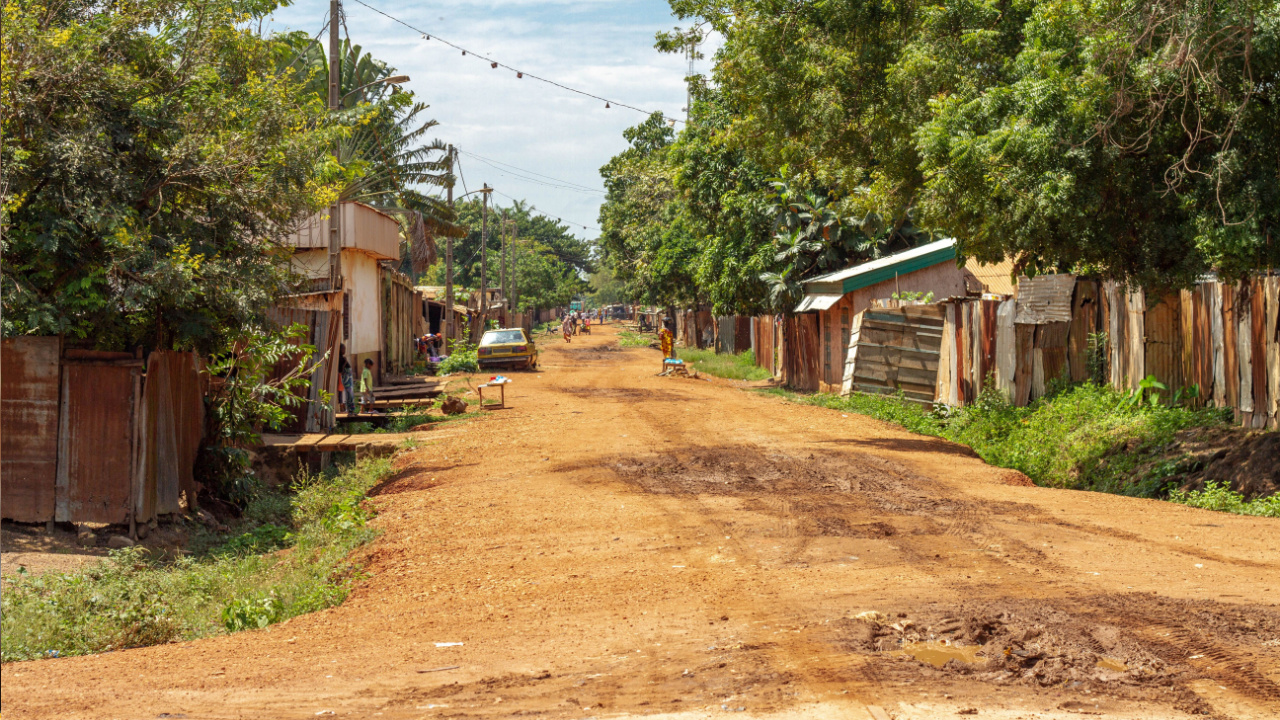
12. Central Africa Republic
Due to ongoing internal conflict, the Central African Republic has become one of the most dangerous nations in the world for travelers.
With a lack of security, violent crimes, kidnappings, and targeted attacks on foreigners are prevalent.

13. Ethiopia
Ethiopia has a rich history and beautiful landscapes, but it’s considered dangerous for travelers.
Border conflicts with Eritrea and internal unrest lead to occasional violence and protests, raising risks for visitors.
Disease rates like malaria, yellow fever, and cholera are high, posing health dangers for travelers as well.

14. Burkina Faso
Due to persistent conflicts and militant operations, Burkina Faso has evolved into a dangerous location for travelers.
Incidences of terrorist attacks, kidnappings, and armed robberies are prevalent, particularly in the border areas adjacent to Mali and Niger.
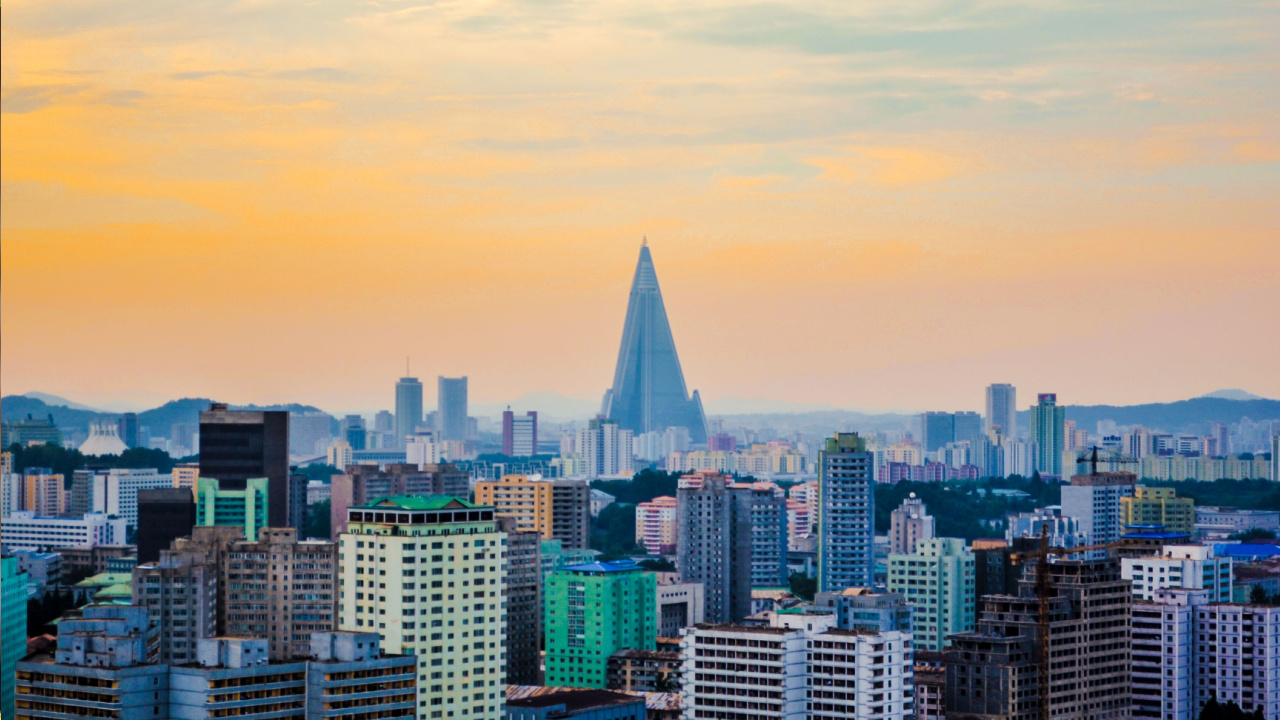
15. North Korea
North Korea, veiled in secrecy and stringent control, presents hazards for travelers, with the possibility of arbitrary detention, arrest, or imprisonment.
Despite being a tourist destination, North Korea has experienced cases of mistreatment and, unfortunately, visitor fatalities.
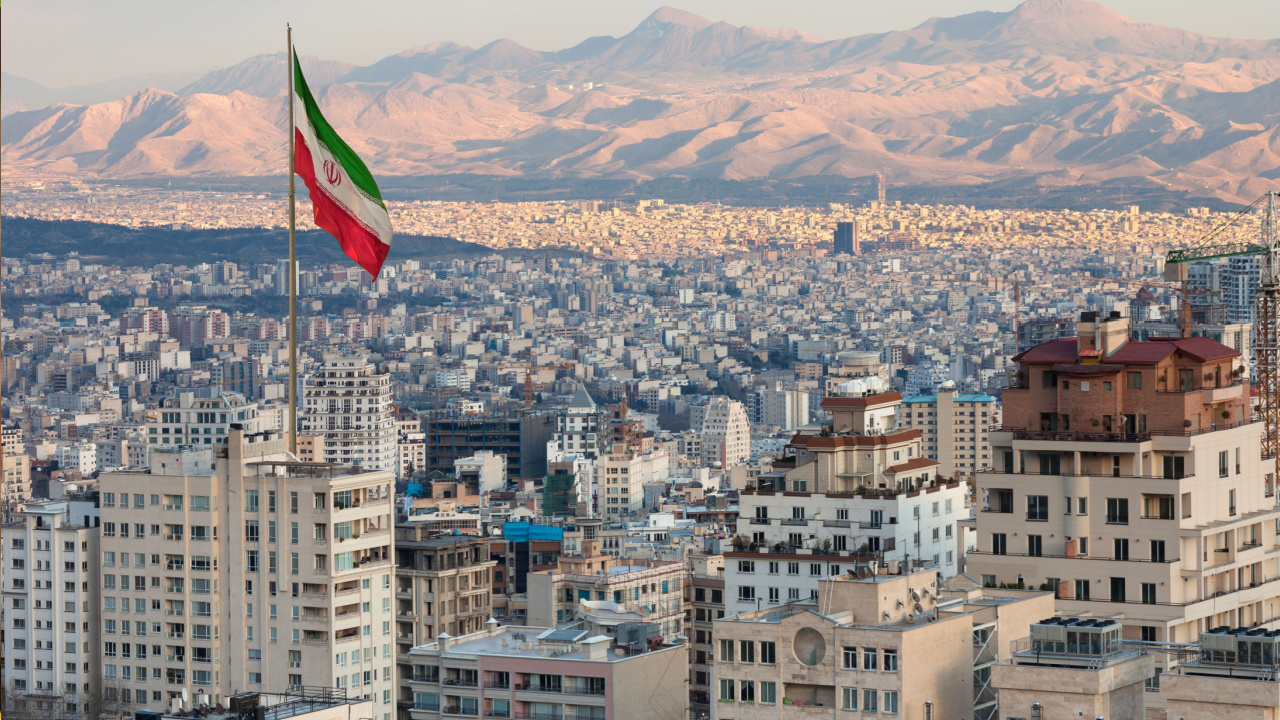
Iran poses dangers for travelers, mainly because of its unstable political environment; travelers face issues such as random arrests, intense surveillance, and restricted access to consular help in emergencies.
Additionally, terrorism and crime are also concerns for travelers in Iran, with the possibility of being targeted or caught in violent incidents.

Turkey, despite its popular tourist attractions, has seen a rise in terrorism and political unrest in recent years, making it a dangerous country to travel to.
Tourists must exercise caution when visiting certain areas, especially the border regions with Syria and Iraq.
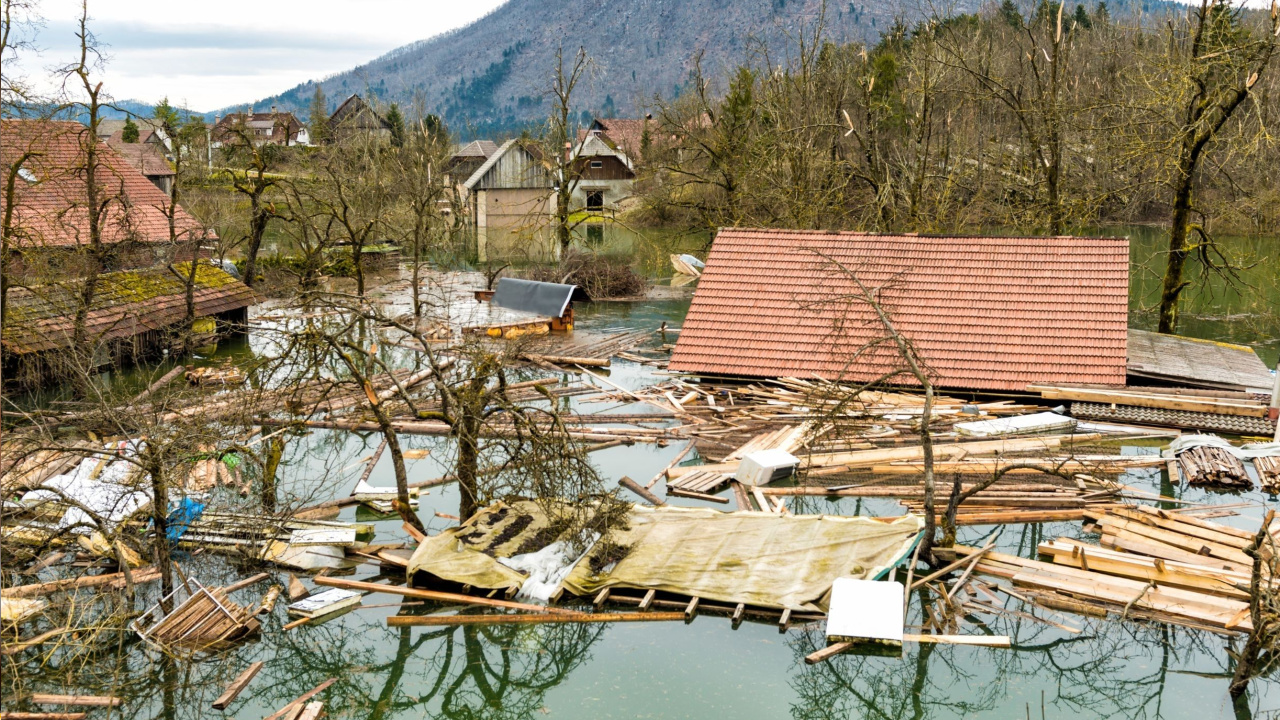
18. Pakistan
Pakistan is another country plagued by political and social instability, making it a risky destination for travelers.
Tourists are at risk of being targeted by terrorist groups, as well as facing natural disasters such as earthquakes and floods.
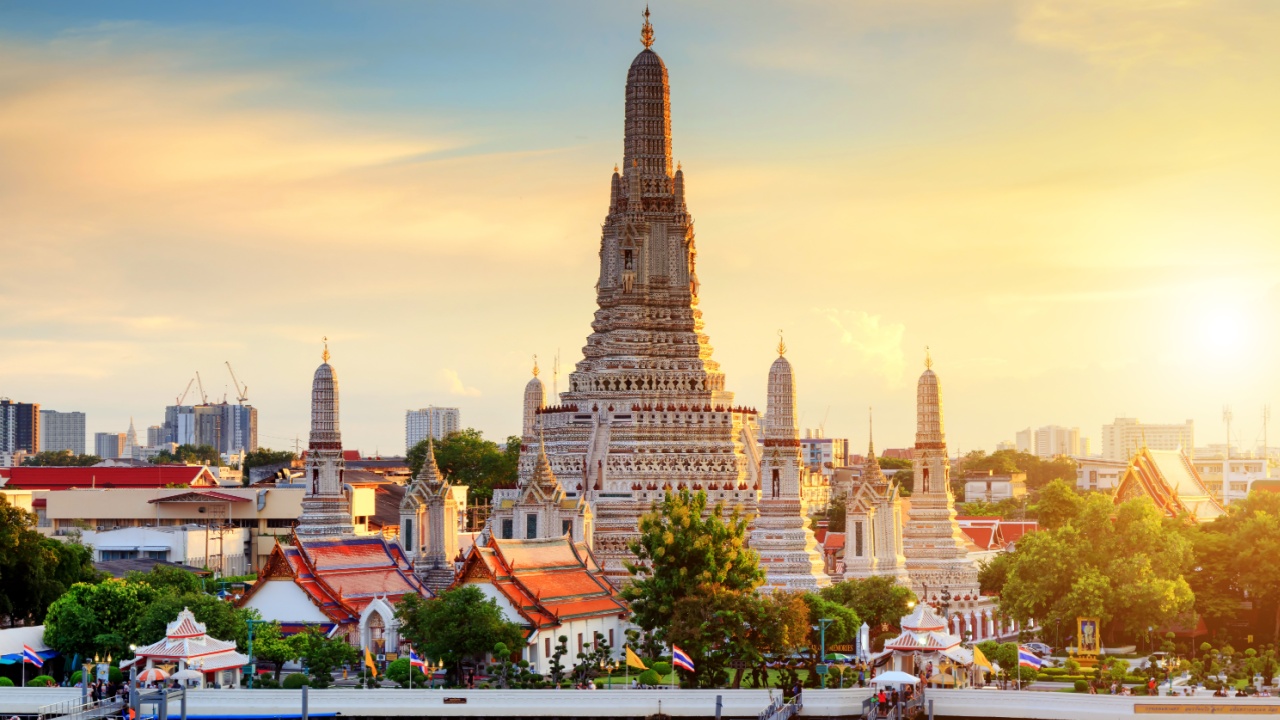
19. Myanmar (Burma)
While Myanmar has recently gained popularity as a travel destination, it remains a dangerous country for tourists.
Ongoing government conflicts with ethnic minorities, the threat of terrorist attacks, and violence against tourists in some areas make it a high-risk destination.
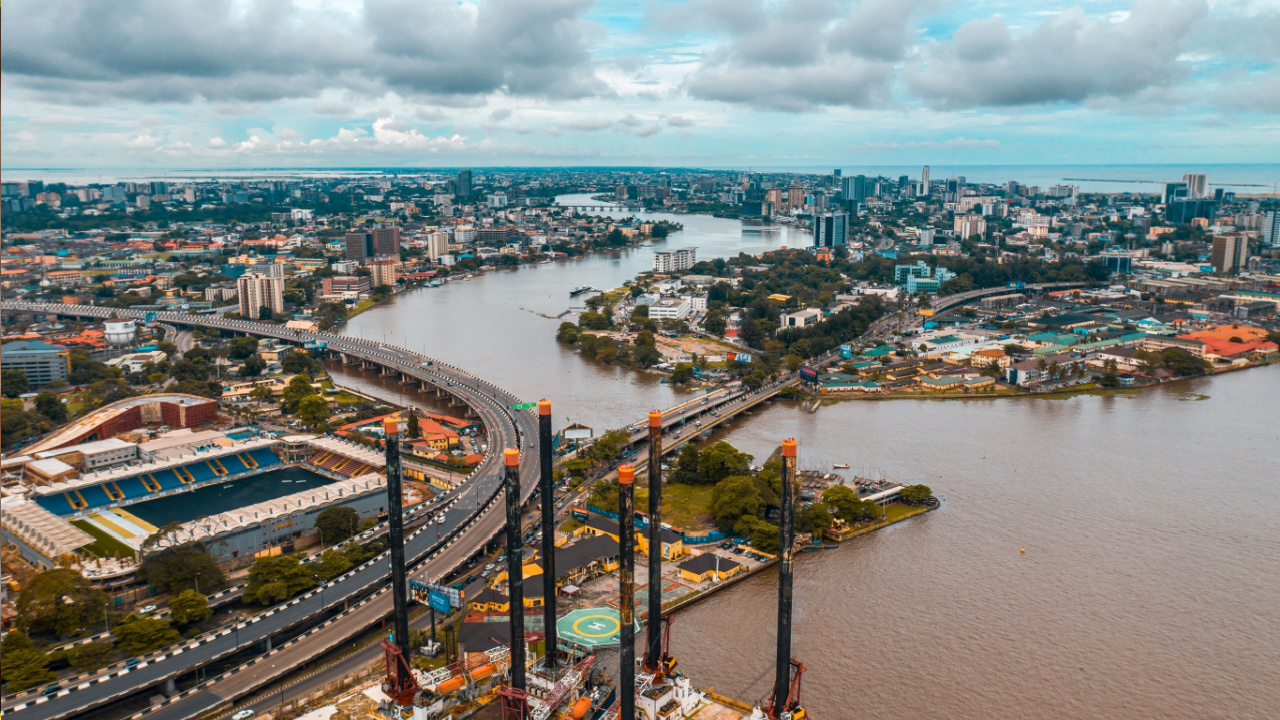
20. Nigeria
Travelers in Nigeria face significant risks due to the country’s high crime rate, which includes armed robbery, kidnapping, and carjacking.
There are also substantial terrorism and violence threats, particularly in major cities such as Karachi and Lahore.
The country’s strict laws on religious expression and blasphemy could endanger travelers if they unintentionally breach these regulations.

While Israel draws numerous tourists annually for its profound historical and religious importance, certain regions are now dangerous for travel due to armed conflicts and continuous military activities.
There are threats of terrorism and violence, especially in areas near the Gaza Strip and the West Bank, and travelers should exercise extreme caution when visiting these regions.
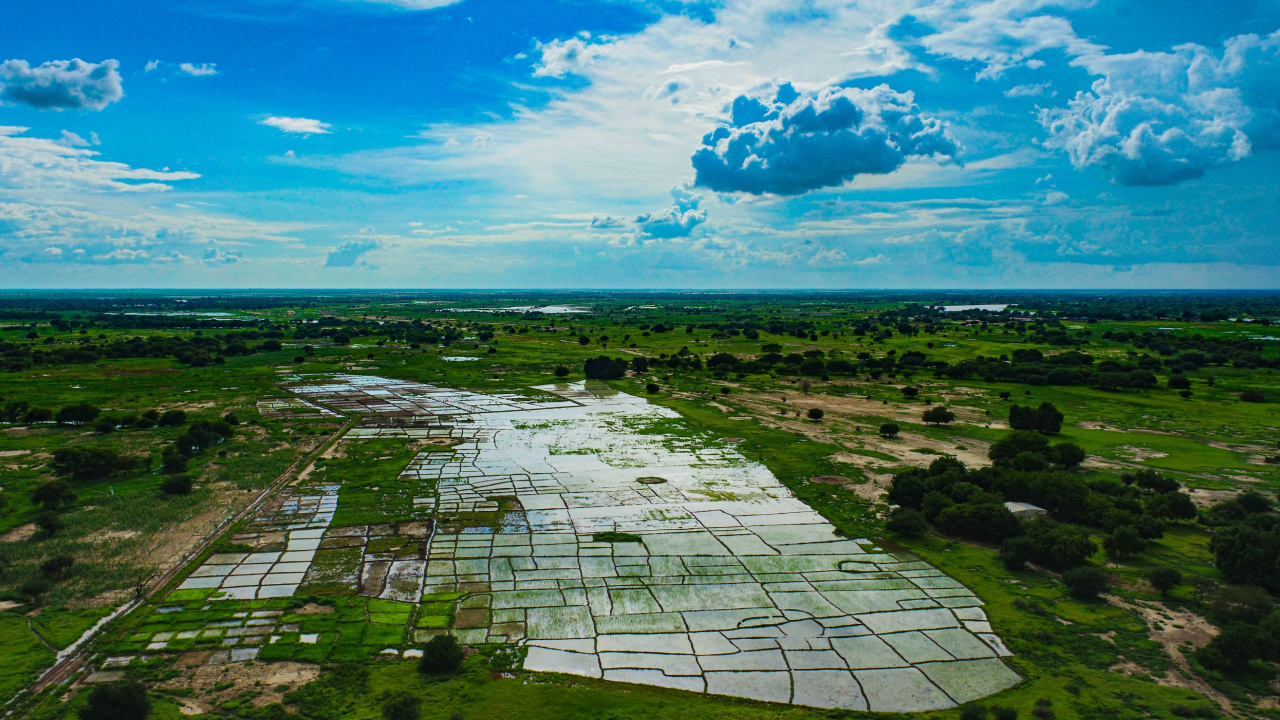
Travel to Chad is strongly discouraged due to the elevated risk of kidnapping, terrorist assaults, limited government authority, and criminal behavior.
Extremist factions such as Boko Haram in neighboring regions present a significant danger to tourists.
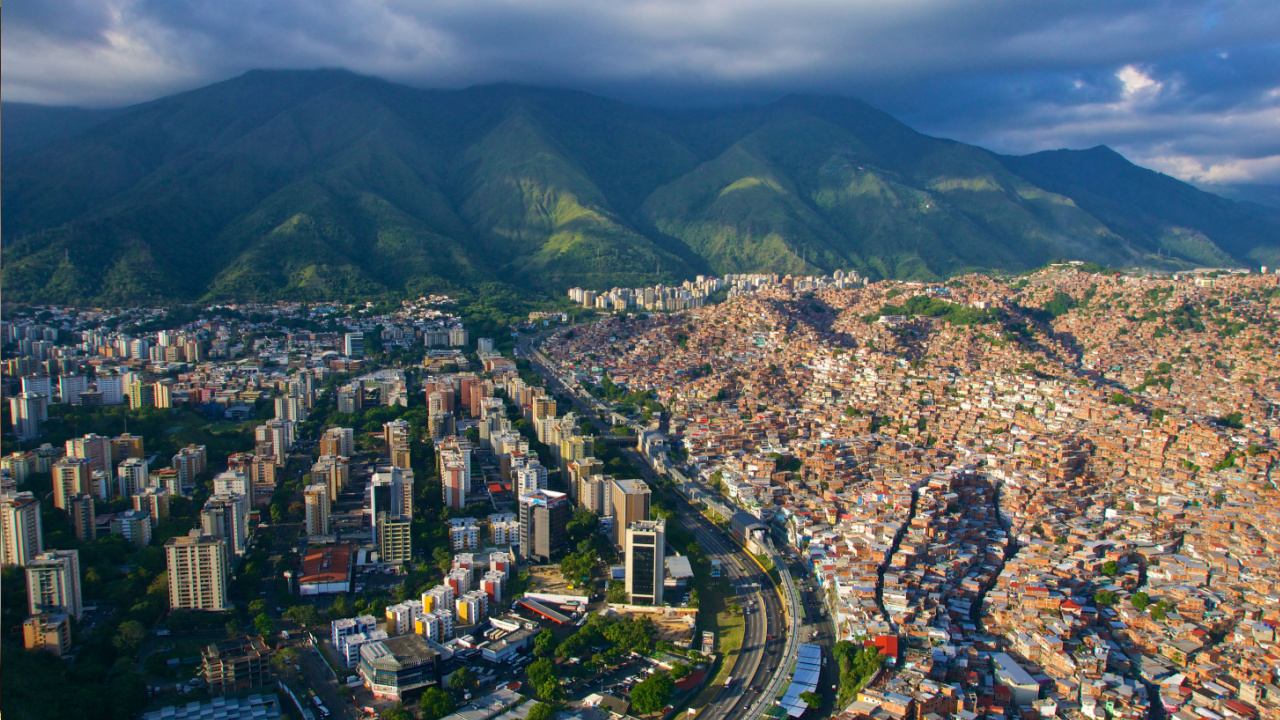
23. Venezuela
Venezuela is rich in natural beauty, with abundant rainforests, beautiful coastlines, and scenic mountains. However, due to political and economic instability, it has become a dangerous place for visitors.
Additionally, the presence of terrorist groups and violent gangs near the borders has resulted in escalated levels of crime and violence, posing a threat to visitors.
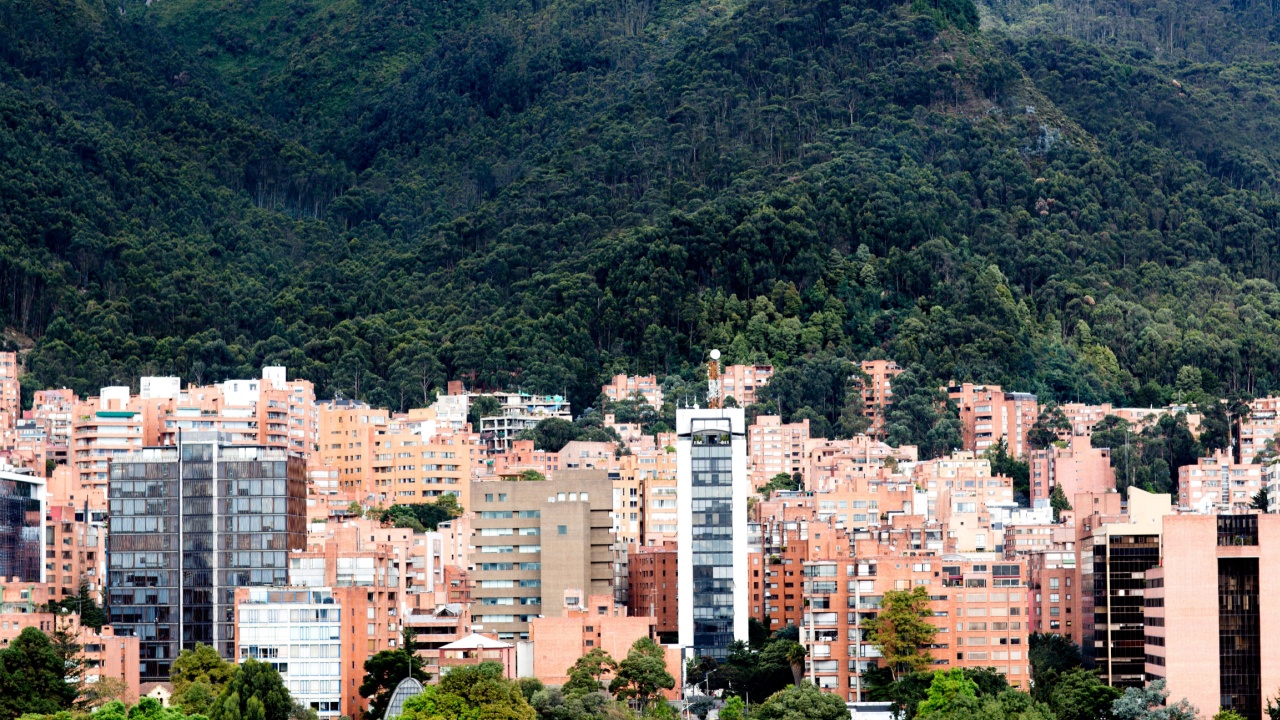
24. Colombia
Colombia is a diverse and vibrant country with stunning landscapes and a rich cultural heritage. Sadly, it also has a long history of political conflict and drug-related violence, which continues to pose a threat to travelers.
The U.S. Department of State advises against all non-essential travel to specific regions in Colombia due to the presence of illegal armed groups, drug trafficking, and kidnapping.
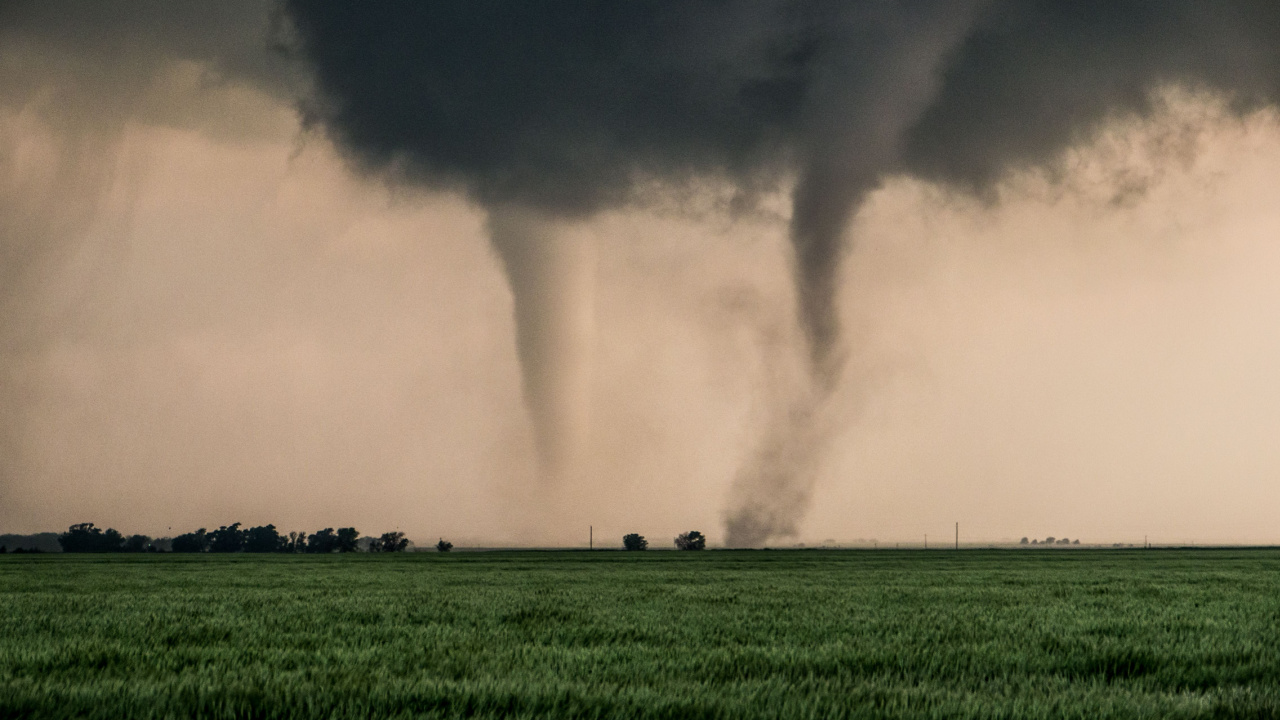
17 Most Devastating Tornadoes In History
Nature’s fury is terrifying, and tornadoes are among the most deadly natural phenomena. These 17 deadly tornadoes highlight nature’s power and the resilience of humans in the aftermath of such devastation.
- Read more: 17 Most Devastating Tornadoes in History
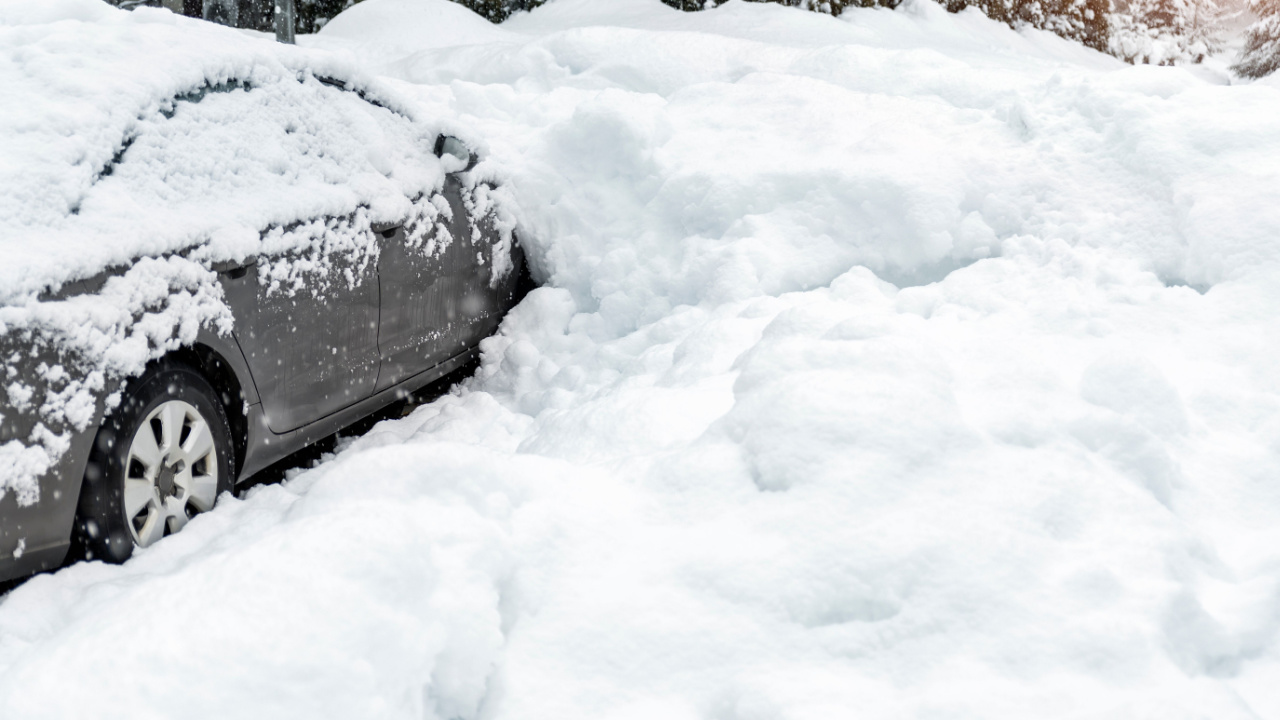
24 Most Devastating Blizzards in US History
For preppers, understanding the power and impact of historic blizzards is key to being prepared for future winter emergencies. Each of these historic snowstorms teaches valuable lessons about resilience, planning, and survival. The more prepared we are, the better our chances of survival in an emergency scenario.
- Read More: 24 Most Devastating Blizzards in US History
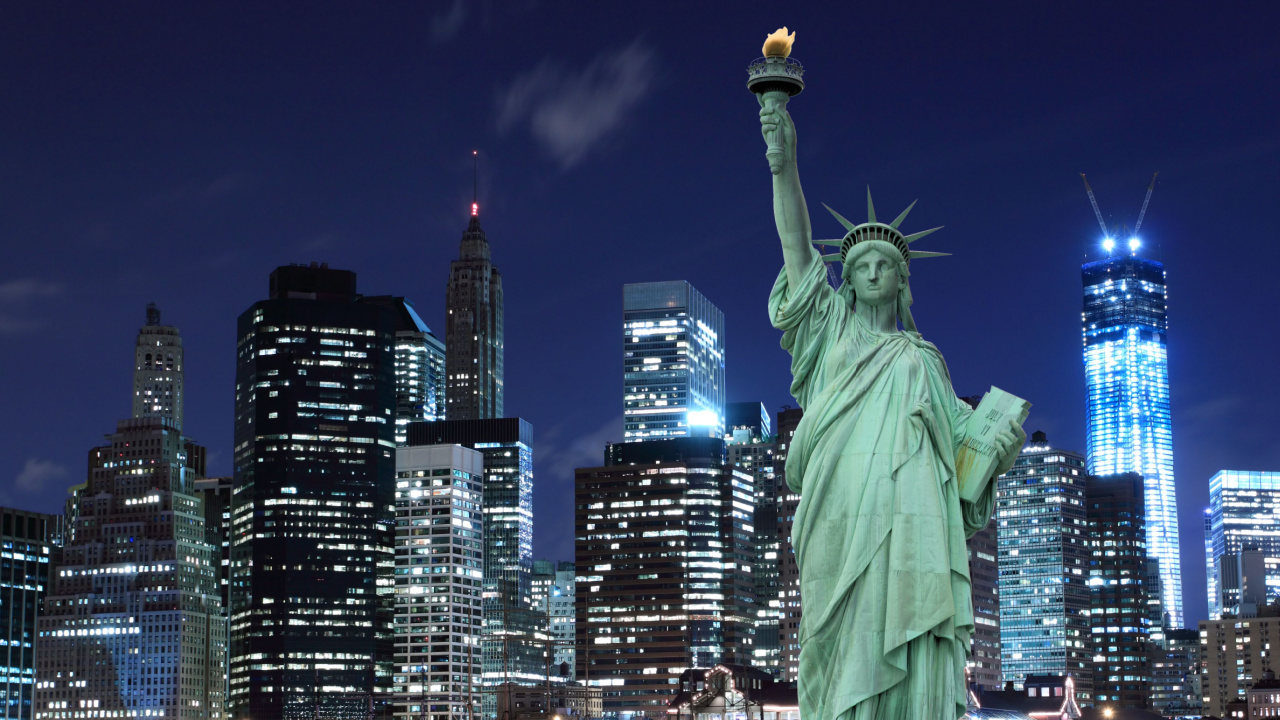
23 Riskiest Cities To Be During a Power Grid Collapse
In a world where the stability of our power grid is increasingly under threat, knowing which urban areas to avoid during a blackout is crucial for any serious prepper. And which areas to escape as quickly as possible. When you’re making your survival plans, keep in mind that these are the places you don’t want to be.
- Read More: 23 Riskiest Cities To Be During a Power Grid Collapse
More From Simple Family Preparedness
- 25 Most Dangerous Roads in the World: Are Your Brave Enough to Tackle These Treacherous Highways?12 Worst Natural Disasters In the United States Ever
- 12 Worst Natural Disasters In the United States Ever
More for You
A.I. Predicts What 20 Popular Cars Might Look Like in 100 Years
Donald Trump Gets Worrying Sign From New Poll Amid Manhattan Trial
The 11 Rudest Things You Can Do In Someone Else’s House, According To Etiquette Experts
29 common human foods you may not realize are poisonous to your dog
18 ‘Normal’ Things From the ’80s and ’90s That Are Considered Luxuries Now
Netflix is removing all of these movies and TV shows this month
In Memoriam: Cloris Leachman's Best Roles
The Only Way You Should Store Butter, According to Land O'Lakes
Top Wall Street analysts suggest these dividend stocks for income investors
This Social Security Spousal Rule Is Officially Finished in 2024 — But These 3 Strategies Remain
The 11 Smells That Squirrels and Chipmunks Hate
Rachell ‘Valkyrae' Hofstetter Has Conquered Gaming and Has Set Her Eyes on Animation: ‘I've Always Been Fascinated With It'
Michelle Yeoh Receives Presidential Medal of Freedom from President Joe Biden
11 Facts You Should Know About Hard-Boiled Eggs
Video shows full fury of tornado that struck Lincoln, Nebraska in late April
I Cut My Food Expenses In Half Using The Viral "6-To-1" Grocery Method — Here's How
Smashing! The Very Best From Tim Curry
America's most popular small dog breed isn't a chihuahua. See the top 30, based on data
7 Smells That Ants Absolutely Hate
Hamas kingpin holed up deep below Gaza, surrounded by hostages used as human shields, says expert
Money latest: These are the most in-demand holiday destinations this year
Welcome back to our Money blog, where we bring you all the latest consumer and personal finance news and tips. This week we're kicking off by talking about holidays (seeing as the sun has finally come out), and we're answering a reader's Money Problem on an undeclared management fee.
Monday 6 May 2024 08:55, UK
- The most in-demand holiday destinations this year
- Interest rates, inflation and fuel prices: What you need to know about economy this week
- Money Problem: My daughter discovered undeclared £600 management fee after buying her flat - can we complain?
Essential reads
- Cinema first is back - so should movie lovers unsubscribe?
- 10 biggest mistakes people make in job interviews I Tell us your job interview mistakes/stories/tips in the comments box
- State pensions 'could be in doubt for future generations'
- New ISA rules were supposed to help savers - they've just made everything more complicated
- Train strikes in May - everything you need to know
Ask a question or make a comment
The brewing giant has announced it will invest £39m in revamping 600 of its pubs across the UK - a move that will create more than 1,000 new jobs.
The investment plan will also see pubs in its retail arm, Star Pubs & Bars, revitalised to appeal to those working from home.
Sixty-two pubs will be reopened this year and 94 sites are set for full refurbishments.
The remaining pubs will receive varying upgrades.
Heineken said it wanted to "broaden each pub's use and appeal" in response to an increase in people working from home, giving customers more reason to visit throughout the day.
The refurbished pubs will have dividing screens to create separate areas for different types of customers.
Lawson Mountstevens, chief executive at Star Pubs & Bars, said: "Fundamentally, the changes in people's working habits means that in a lot of these suburban locations, you've got more people who are around those areas a lot more.
"It's not rocket science. Those people are looking for pubs of a certain standard."
Aldi remained the cheapest supermarket last month, new analysis shows.
The retailer has won the crown of cheapest supermarket every month so far this year, according to research by Which?.
An average basket of 67 popular groceries cost £112.90 - more than £30 cheaper than the most expensive supermarket, Waitrose.
A basket of comparable items in Waitrose would cost £144.13 on average.
Here is the breakdown for each supermarket...
- Aldi - £112.90
- Lidl - £115.23
- Asda - £126.98
- Tesco - £128.17
- Sainsbury's - £131.02
- Morrisons - £134.87
- Ocado - £136.86
- Waitrose - £144.13.
Food price inflation has slowed to 4.5%, its lowest level since February 2022.
Despite being the most expensive, Waitrose and Ocado were the only grocers to win new shoppers in the first three months of the year, according to research by Kantar.
Every Monday we get an expert to answer your money problems or consumer disputes. Find out how to submit yours at the bottom of this post. Today's question is...
"My daughter recently bought a flat and has since learnt there is an extra £600 a year management fee that was not declared by the vendor during the sales process. We have been told that the vendor was heavily involved in negotiating the management contract. Can we complain?" J Mills
Serena Amani, managing director at Monarch Solicitors , has this advice...
The general principle when buying a property is "buyer beware", which means the onus is on the buyer to perform their due diligence before contracting to purchase.
The buyer's conveyancing solicitor interrogates the contractual documentation and raises relevant enquiries to ensure the full facts and obligations are available to the buyer to make an informed decision.
In this situation, it appears the seller has failed to disclose the management fee - we assume relating to the services provided to the estate.
We can't give specific advice as we don't have access to the contractual documentation. However, we would suggest:
- To check if the obligation to pay a management fee is set out in the lease if it is a leasehold property, or the transfer deed if it is a freehold property. These documents should contain what services are provided and what the related charges are. The most common scenario is that of a leasehold flat. In this situation the services shall be set out under the service charges section. Generally, there is a provision that allows a management company to charge a management fee as a percentage of the overall service charge bill which is shared among all the leaseholders based on the size of their apartment.
- If the obligation to pay the management fee is in the contract and your conveyancer failed to notify you of this obligation, there is a potential negligence claim against the conveyancer which can be pursued through their complaints process and escalated to the legal ombudsman.
- In the rare instance that the management fee is not stipulated in the contract, then you may wish to contact the management company to obtain certified accounts for the services provided and ask them on what contractual basis they are charging a management fee. Management companies are obliged by statute to provide this information.
- If there is no contractual basis or the fees are unreasonable then you may consider bringing a claim before the property tribunal. The tribunal has the power to make a ruling on the reasonability of the management fees. It should be noted that it can be a long and arduous process and legal fees are not always recoverable even if successful.
- Where a seller has supplied misleading information about a property that materially influenced the decision to purchase the property, this could give rise to a claim for misrepresentation. Likewise, intentional concealment of this information during the sales process could constitute a breach of contract or misrepresentation.
For more specific advice, you may wish to contact a property lawyer experienced in the conveyancing process and service charge disputes.
This feature is not intended as financial advice - the aim is to give an overview of the things you should think about. Submit your dilemma or consumer dispute via - and please leave your contact details as we cannot follow up consumer disputes without them.
- The form above - make sure you leave a phone number or email address
- Email [email protected] with the subject line "Money blog"
- WhatsApp us here .
The long-awaited arrival of the sun in the last few days may have got you thinking ahead to the summer... which for many means holidays.
New analysis sent to the Money team has revealed the holiday resorts that Britons have been searching for over the last few months - although it's not a particularly sun-soaked destination that has come out on top.
Amsterdam is the most in-demand holiday destination for the UK, according to a study by Desert Safari Dubai Tours.
The company looked at Google search data over the past 12 months to find which holiday destinations were most popular in the UK, using terms such as "holidays to", "flights to" and "trips to".
Some 57,507 searches were carried out each month for trips to Amsterdam.
The second most in-demand was Dubai , with an average of 52,544 monthly searches.
Here is the rest of the list...
- New York - 51,169
- Paris - 43,326
- Tenerife - 43,305
- Barcelona - 41,664
- Dublin - 38,801
- Gran Canaria - 33,907
- Milan - 28,549
- Istanbul - 28,097
Meanwhile, data from holiday booking site Expedia suggests Britons are chasing the sun over the summer.
Its trending destination data shows a 50% increase in searches for mainland Greece - while its islands of Santorini and Corfu remain popular.
Interest is also surging in Mediterranean gem Malta (up 25%), seen as a more affordable destination.
Searches are also up 50% for Albania , which has seen a surge in interest due to social media.
The short-haul hotspot of Tunis has seen searches rocket by 130%.
We're back for another week of consumer news, personal finance tips and all the latest on the economy.
This is how the week in the Money blog is shaping up...
Today : Every week we ask industry experts to answer your Money Problems . Today, a Money blog reader believes they may have been misled when buying their flat - but what can they do?
Tuesday : This week's Basically... explains everything you need to know about the Bank of England, ahead of Thursday's base rate decision.
Wednesday : We speak to the chef at Tom Kerridge's two-starred pub The Hand And Flowers in Buckinghamshire for his Cheap Eats.
Thursday : It's decision day for the Bank of England, and while interest rates are expected to be held at 5.25%, we may learn more about when a cut will come. Savings Champion founder Anna Bowes will be back with her weekly insight into the savings market.
Friday : We will be getting the latest GDP figures on this day - which could signal the UK is no longer in recession. Plus, we'll have everything you need to know about the mortgage market this week with the guys from Moneyfacts.
Running every weekday, Money features a morning markets round-up from the Sky News business team and regular updates and analysis from our business, City and economic correspondents, editors and presenters - Ed Conway , Mark Kleinman , Ian King , Paul Kelso and Adele Robinson .
You'll also be able to stream Business Live with Ian King weekdays at 11.30am and 4.30pm.
Bookmark news.sky.com/money and check back from 8am, and through the day, each weekday.
The Money team is Emily Mee, Bhvishya Patel, Jess Sharp, Katie Williams, Brad Young and Ollie Cooper, with sub-editing by Isobel Souster. The blog is edited by Jimmy Rice.
You filled out the job application, got the call (they're interested, phew!), but now... it's interview day.
If the thought of selling yourself to a stranger brings you out in a cold sweat, you're not alone - but you can help yourself by not making the following common mistakes...
1. Not dressing app ropriately
Paul Webley, managing director of Blaze Media Digital Marketing Agency in Merseyside, says: "If you are coming for an interview in a marketing agency, dress smart. No need to be in a suit. It's cute if you are but just dress how you would expect to dress in the job and, if in doubt, err on the side of being slightly smarter.
"With us, there are loads of photos of the team in the office on the website and socials (which you should have looked at) so there is no excuse."
Tell us your interview mistakes/stories/tips in the comments box
2. Handshake mishaps
Paul's second interview mistake is: "This one is a real pet hate and probably doesn't matter as much in the current world but... learn how to shake a person's hand. You have to do this within every job from time to time.
"There is nothing more off-putting than a limp shake. Having a firm, polite handshake is a basic human skill in business and beyond."
3. Complaining
This is another one from Paul: "We had someone a few months ago tell us that they didn't think they should have to come into the office for an interview. This was for an office-based role. If they don't think it's worth coming in then the job is not going to be for them."
4. Not checking your tech
Tas Ravenscroft, senior consultant at recruitment firm Cherry Pick People , says: "Overlooking details like the interview location or the platform being used (such as Teams), and not testing your tech beforehand, can disrupt the interview process. This is especially crucial as most first interviews are now conducted via video conferencing."
5. Bad mouthing previous employers
Tas says: "We see that candidates sometimes feel too comfortable on interview and decide to talk about their past experiences (if aggrieved) negatively, which is a big NO. Instead, my advice is to focus on the lessons learned and how you've grown from challenges in your career."
6. Not asking questions - or asking about benefits or sick pay policy
Tas says: "There are no right or wrong answers to this, but asking questions at the end of the interview is a big YES. It shows you're interested, engaged and would like the opportunity to either progress or land the role.
"I'd say in your first interview, ask about company culture, day to day tasks, expectations of this role, who's the best performer and why?
"Questions I'd stay away from are benefit-related questions, or I recently had someone ask what the sick pay policy was like in the first interview… Safe to say they didn't get invited back. If you work with a recruiter, you will have salary and benefits info before, so no need to ask on interview."
7. Not showing enthusiasm
For Mike Carlucci, managing director of Reading-based Italian-food importer Tenuta Marmorelle , this is a big one: "A lot of people at the moment are applying for everything and anything. They apply for hundreds of jobs.
"The result is that you get applicants who are not enthusiastic or passionate about the role or sector as they see it just as a job. There are few people looking for actual careers at the moment. In our industry, the food industry, you need to have passion and enthusiasm."
8. Talking too much
Andrew MacAskill, founder of Executive Career Jump , says: "Sometimes this is down to nerves, other times it is down to overthinking and often it is due to the questions being too broad, which leads to them saying lots and hoping the right answer is in there somewhere."
Ian Nicholas, global managing director at Reed , says a common slip-up people make is to carry on talking after giving their answer.
"Some interviewers may purposely leave a pause just to see how the interviewee will react under the pressure - so be confident in what you've said and know when you've finished."
9. Under-preparation
Habiba Khatoon, director of Robert Walters UK , says: "This means they haven't researched the company, are unaware of the key aspects of the role they are interviewing for and can't make connections between their CV and experience and the role.
"Most interviewers can easily catch on when a candidate has turned up unprepared and when they do, they can lose interest in that candidate quite quickly."
Italian food importer Mike agrees: "It is so important to spend five minutes to go on to the website, see what the company does, how they started and any general information you can get. This really makes someone stand out from the 100s of applicants."
10. Being late - or too early
James Rowe, managing director of the Recruitment Experts , says: "I would suggest arriving 20 minutes early to give you time to prepare, but don't walk through the door too soon! Turning up five to 10 minutes prior to your interview start time shows you're punctual but won't rush the hiring manager… they need breaks too!"
By Brad Young , Money team
Almost half of Britons (45%) subscribe to two or more streaming services, according to comparison website Finder, but box office figures show the theatre-going experience is making a comeback.
The pendulum is swinging back from streaming-first to theatre-first releases, and streaming platforms like Amazon and Apple are making moves on to the big screen with the likes of Saltburn and American Fiction, or Killers of the Flower Moon and Napoleon.
That means movie-lovers are facing a conundrum, according to a senior media analyst: should they prioritise spending cash on trips to the cinema or on streaming if they want to see the biggest and best movies?
"People are making decisions on 'what am I going to allocate to the movie theatre experience, what am I going to allocate to streaming?'" Paul Dergarabedian, of Comscore, told the Money blog.
Cinema's revival is real, according to Philip Clapp, chief executive of the UK Cinema Association.
"Certainly the major US studios see the theatrical experience, the big screen experience, as where they want their major films to be and then benefitting from the promotional buzz that comes from that," Mr Clapp said.
Disney chief executive Bob Iger said last year that theatrically released films were "great sub drivers".
"We benefit greatly from the power of our great films, they drive so much engagement and so much interest in our platforms," he said, pointing to Moana, Marvel, Star Wars and Avatar.
Mr Clapp added this year was a "key stepping stone" to an offering similar to before the pandemic, but cinema wouldn't be back to full strength until next year.
In the pandemic, studios experimented with straight-to-streaming releases, which continued even after restrictions fell away.
Mr Dergarabedian said: "When the pandemic hit it was a real stress test on the industry because a lot of people thought theatrical was dying on the vine and that it would be going away at some point in the near future - and then the pandemic accelerated that demise in the minds of some."
But audiences have voted with their feet and instructed studios they want more variety: international films, stadium concert films, videogame adaptations, prestige films and horrors.
Smile, a Paramount horror movie on a $17m budget that could have been straight-to-streaming, had a "great result" at the box office, said Mr Dergarabedian, as did Five Nights at Freddy's.
Low and mid-budget movies have been the slowest to recover but are returning to the big screen, making the theatre offering more diverse this year, Mr Clapp added.
Mr Dergarabedian said Universal's "diverse portfolio" was the one to beat: it spent the last year putting out everything from action films like Fast X, prestige movies like Oppenheimer, animations like Migration and some spookier offerings too.
Going theatrical still comes with a risk, the analyst said. A flop on the big screen leaves studios with a big hit to their bottom line, having spent large amounts on distribution and marketing.
But films "tend to have more value" once they arrive on a streaming platform if they were released in cinemas first, including lower budget movies.
Each week, Money blog readers share their thoughts on the subjects we've been covering, and over the past seven days your correspondence has been dominated by these topics...
Brexit rule changes
- Our feature on manifesting
- The prospect of disability payments becoming vouchers
Britons could face higher food prices, and even empty supermarket shelves, as new post-Brexit border fees were introduced this week, industry figures warned.
These comments - while perhaps not representative of the whole country - are definitely reflective of the majority view in our inbox...
It's almost like Brexit was a terrible idea… To think our politicians would do anything but make things worse was beyond naive. People let their prejudice override common sense that most politicians look out for themselves and not the country's best interests… Joe
Others suggested the government should be turning its eyes to the issue rather than elsewhere...
Food prices rise even though they told us they would fall and yet the priority is sending asylum seekers to Rwanda. Isn't it about time the UK started to listen to people's problems rather than a very loud minority? Lee
Several people suggested the solution was growing all our own food - which is often talked about, but producers and importers point out the UK climate makes it less achievable to mass produce certain foods at a low cost than in southern Europe.
Disability vouchers?
Reports this week suggested disabled people could receive vouchers instead of monthly payments under proposed government changes to Personal Independence Payment (PIP).
The story resulted in a backlash among our commenters...
Absolutely barking mad. Disabilities aren't an option. Can't be fixed with words. And can happen to anyone at anytime. Time to get a grip. Rob
Others suggested it was a symptom of a wider failure within the system...
I don't know how the government can take away vital PIP money and say they can replace it with better mental health support. My daughter is waiting for a PIP assessment and also an assessment for ADHD - the latter's wait time is currently four years. Matmac33
Can you 'manifest' financial success?
Moving to our manifesting feature, which prompted a lot of cynicism. If you haven't read it yet, you can do so here ...
Some of our readers are believers...
I manifest things in my life. Be it money, people or events I've had dreams about, there's more magic in the universe than most people know of. Steve
I believe in manifestation in terms of positive thinking. You'll never get anywhere if you're always assuming the worst. But you do have to put the leg work in for what you want, it won't fall in to your lap. Jim Carrey didn't get that £10m acting job sitting under a tree! Caroline D
Others, well, not so much...
Why are you giving space to this specious guff manifestation? Does it work for the poverty-stricken, starving millions without basic infrastructure and education, or those suffering in warzones across the world? I wonder what they want "manifesting" in their lives? FM1
"Manifesting", what a load of rubbish! I can't believe this is one of the top stories on Sky News. David
And finally, in our weekly round-up of your comments...
This comment section is a COMPLETE WASTE OF TIME. Sky NEVER publishes its readers' views. John Hammond
The next week in Money is likely to be dominated by interest rates - with the Bank of England's latest base rate decision coming on Thursday .
A cut from the current 16-year high of 5.25% is extremely unlikely, as inflation is yet to reach the Bank's 2% target.
Markets had forecast a first cut in June but are now pricing in August, with only two cuts now expected in 2024 rather than three.
There had been hope the base rate would dip to 3% next year - but again, these forecasts are now on ice.
As we outlined in our new weekly mortgage update yesterday, high street lenders have responded by moving their rates upwards ...
Mortgage approvals rose to 61,300 in March - the highest number since September 2022. But while on the face of it this looks positive for the housing market, industry experts are reporting that uncertainty over the direction of interest rates is prompting renewed caution.
Hina Bhudia, partner at Knight Frank Finance, said: "The sun is out and buyers are returning from their Easter break, so we'd usually expect these to be the busy weeks before the summer; however, the uncertain outlook for mortgage rates will undoubtedly weigh on activity.
"It's not just buyers that are frustrated. The lenders are eager to rebuild their businesses after a subdued 2023; however, they are constrained by stubborn inflation and the resulting impact on their cost of funding."
The influential OECD this week said now was not the time for the UK to be considering cutting rates - which is bad news for mortgage holders, but may be positive for savers.
The organisation anticipates inflation will be "elevated" at 3.3% in 2024 and 2.5% in 2025 - above the Bank's 2% target.
And it claims the UK will grow more slowly next year than any other major advanced economy.
It puts this down to stealth taxes and high interest rates squeezing the economy.
The organisation, which is based in Paris, downgraded its forecasts for GDP to 0.4% this year and 1% in 2025.
In February, the UK had been in the middle of the rankings with forecast growth of 0.7% this year and 1.2% next.
Away from the economy, RAC has put out figures today showing that both petrol and diesel have gone up by 10p per litre so far this year, adding £5.50 to the price of filling up a car.
Oil prices rose during April, sending an average litre of unleaded up 3p to 149.95p, while diesel rose by 2p to 157.76p.
The lowest prices for petrol and diesel so far this year were both recorded on 16 January – 139.7p and 147.6p respectively.
The good news is that, as tensions between Israel and Iran have defused, the oil price has crept back down, meaning some of the recent hikes may soon be reversed.
The Money blog is your place for consumer news, economic analysis and everything you need to know about the cost of living - bookmark news.sky.com/money.
It runs with live updates every weekday - while on Saturdays we scale back and offer you a selection of weekend reads.
Check them out this morning and we'll be back on Monday with rolling news and features.
Be the first to get Breaking News
Install the Sky News app for free


IMAGES
VIDEO
COMMENTS
The 16 Most Dangerous Countries for Air Travel. Mali: After experiencing military coups in 2020 and 2021, crime, terrorism and kidnapping are all prevalent threats in this West African landlocked ...
The most dangerous countries in the world to visit in 2024 have been updated in the latest Travel Risk Map. The most dangerous countries to visit in 2024 are Afghanistan, the Central African Republic, Iraq, Libya, Mali, Somalia, South Sudan, Syria, Ukraine and Yemen according to the latest Travel Risk Map, an interactive tool produced by security specialists at International SOS.
According to World Bank Data, 9 of the top 30 most dangerous countries for tourists, including #1 Pakistan, #5 El Salvador and #9 Honduras in the top 10, have seen an increase in the homicide rate over the most recent year for which data is available. The most alarming increase is El Salvador's +22.6 per 100,000 rise in homicides, something ...
Russian embassy releases tourism video that appears to mock sanctions. The world's most dangerous countries to visit in 2024 have been revealed in a new study. South Sudan, Afghanistan, Syria ...
Here are most dangerous countries in the world, ranked from least to most risky based on the State Department's designation levels. Advertisement Burundi - Level 3: Reconsider Travel
The countries deemed too dangerous for travel are often known for civil unrest, military actions, and kidnappings. Avoid traveling to these 19 countries that the US has labeled as "Do Not Travel."
International SOS's Travel Risk Map for 2020. For 2020, the most dangerous, extreme-risk countries are mostly located in Africa and the Middle East, including places like Libya, Syria, Iraq, Yemen ...
The Centers for Disease Control and Prevention has moved seven more countries to its highest-risk category for travel — a list that has grown to include 134 destinations, with many added since ...
Level 3 countries are considered more dangerous for foreign visitors, who should "reconsider travel," according to the State Department. ... People who visit countries with Level 3 or Level 4 ...
Countries you may want to avoid due to "extreme" security risks include Libya, Iraq, Yemen, and Somalia, to name a few. There are also "high" security risks in Haiti, Venezuela, Papua New Guinea, and parts of Egypt and Mexico, among others.
Filter Countries . Travel Advisories. Travel Advisories. Learn about your destination. Advisory Level Date Updated; Israel, the West Bank and Gaza Travel Advisory : Other: ... Level 3: Reconsider Travel: July 31, 2023: Republic of the Congo Travel Advisory: Level 2: Exercise Increased Caution: July 31, 2023: Guinea-Bissau Travel Advisory :
V acationers have been advised not to travel to the world's most dangerous countries, which are highlighted on an interactive map created by International SOS. These nations are where tourists are ...
But these places generally include non-tourist destinations that even the most intrepid travelers would probably avoid right now. According to the Global Peace Index's 2023 list of the 10 most ...
A n interactive map created by International SOS warns vacationers about the world's most dangerous countries to visit. These are places where tourists might face political unrest, crime, and ...
High-Risk Area Travelers. In our Travel Advisories, we advise you not to travel to high-risk (level 4 travel advisory) countries or areas. This is due to local conditions and/or our limited ability to help there. These places are dangerous and by visiting you may be putting yourself at extreme risk. Be Aware.
Here, you'll find a countdown of the 37 countries Americans travel to most, ranked on safety and security, based on data from the World Economic Forum and the U.S. Department of Commerce. The list ...
5. Gaza. The situation in Gaza is so dangerous the U.S. State Department advises completing a will and leaving DNA samples with your doctor before traveling there. Gaza is not internationally ...
Surprisingly, the U.S. list includes popular tourist destinations like Israel, where the U.S. government warns visitors to avoid the Gaza Strip and West Bank, and Mexico, where the State ...
Lebanon. Crime, civil unrest, terrorism, kidnapping, landmines and armed conflict causes Lebanon to have a level three advisory. Southern Lebanon, the border with Syria or refugee settlements have a level four, do not travel, advisory. Lebanon's advisory was updated on Jan. 29. The U.S. Embassy is sometimes unable to assist travelers.
Overwhelming crowds of visitors have stirred anti-tourism sentiments in Barcelona, Spain. Following several years of pandemic-induced downturn, the travel sector is not only back, it's ...
San Pedro Sula, Honduras. This city has ranked as one of the world's most violent for several years now. According to many sources, it has the highest homicide rates in the world - 169 per 100,000 people. Arms trafficking is another big problem, and illegal firearms are prevalent throughout the city.
8. Somalia. Somalia is known as one of the world's most dangerous nations, dealing with threats from terrorist groups and political unrest. The country has struggled with civil conflict ...
A total of 24 countries and territories have now been classified as being too dangerous for British citizens to visit. The Foreign, Commonwealth & Development Office (FCDO) provide regular updates ...
Money latest: Blow for hopes of June interest rate cut. The OECD anticipates inflation will be "elevated" at 3.3% in 2024 and 2.5% in 2025 - above the Bank of England's 2% target. No base rate cut ...